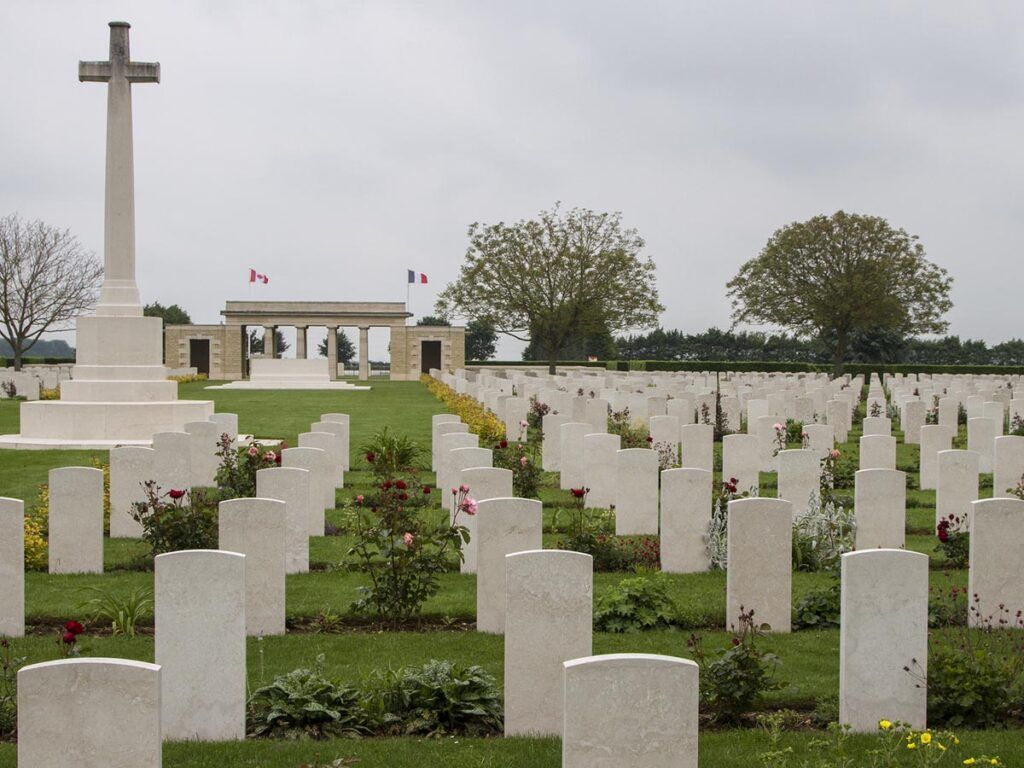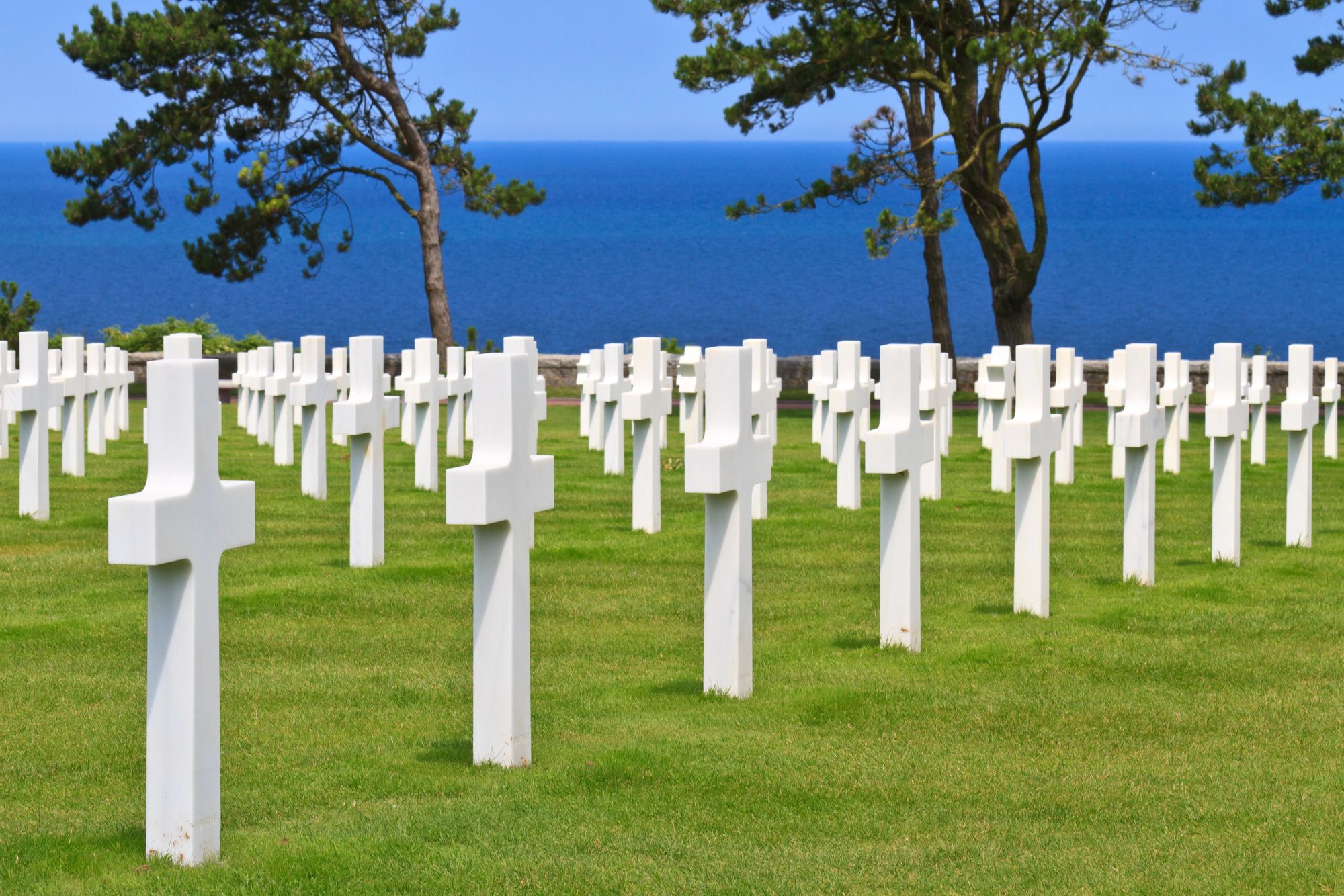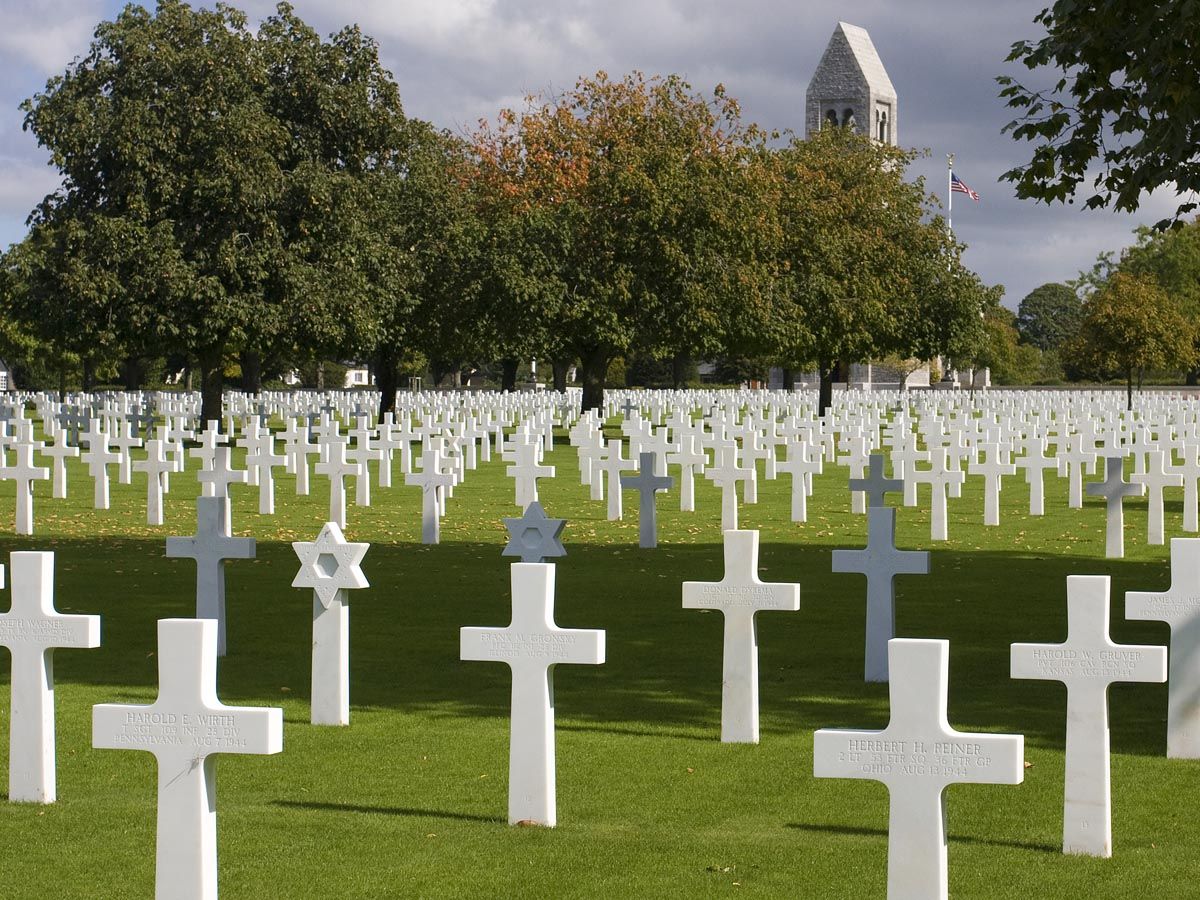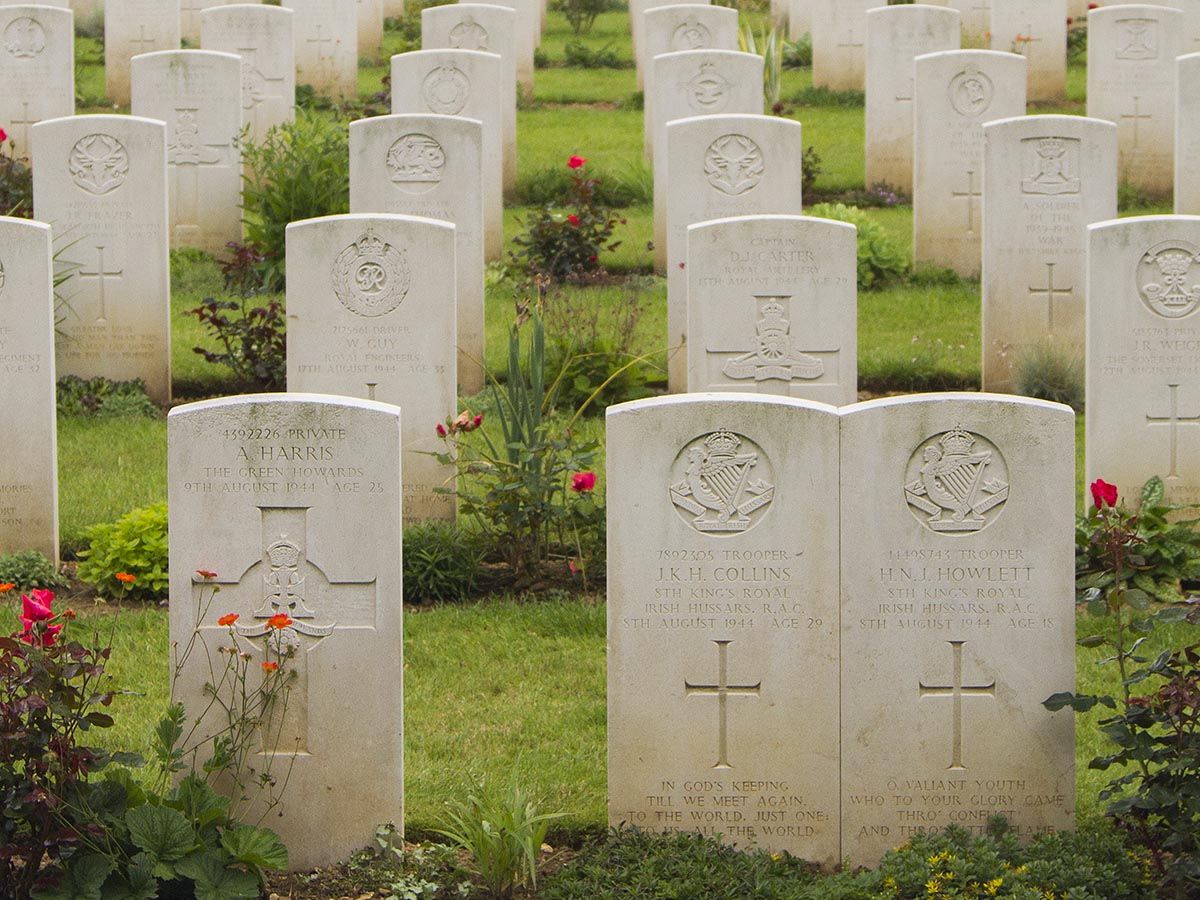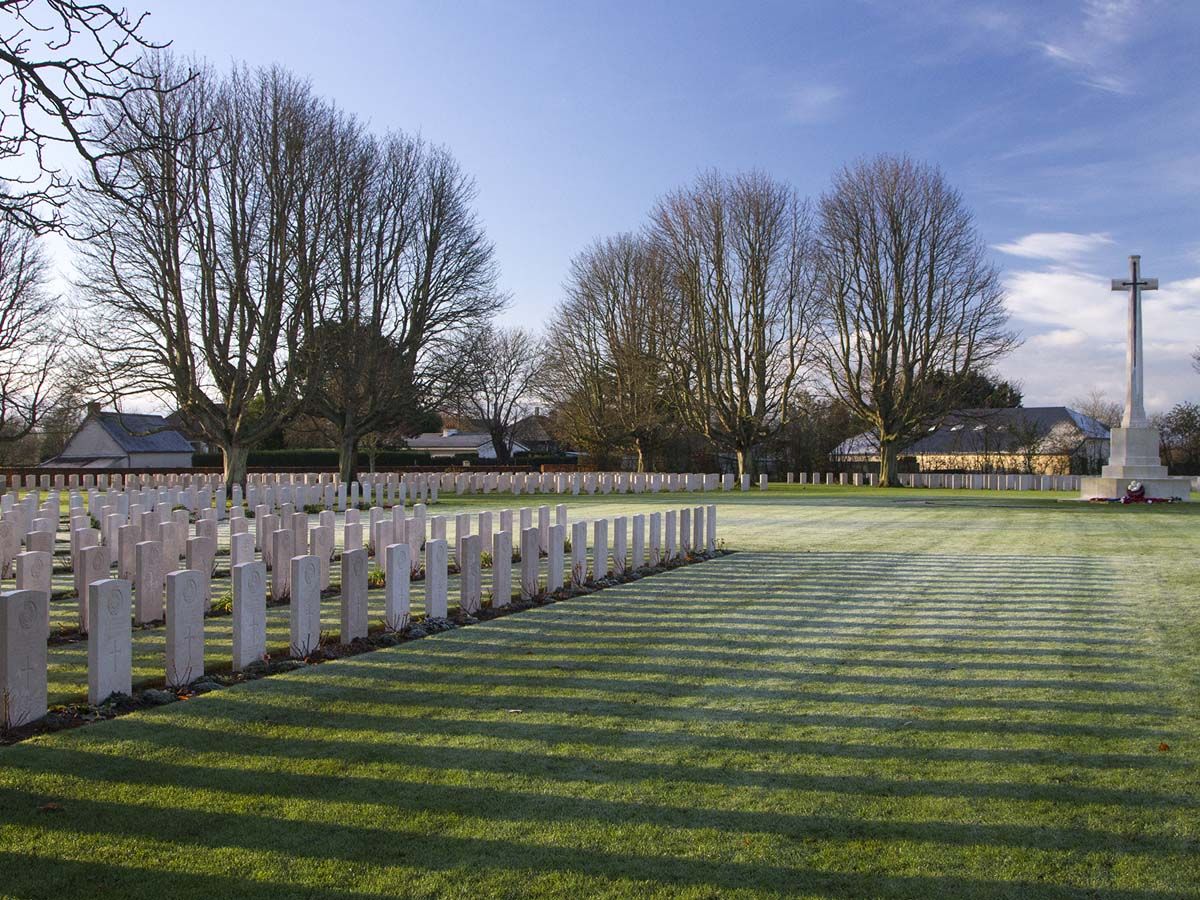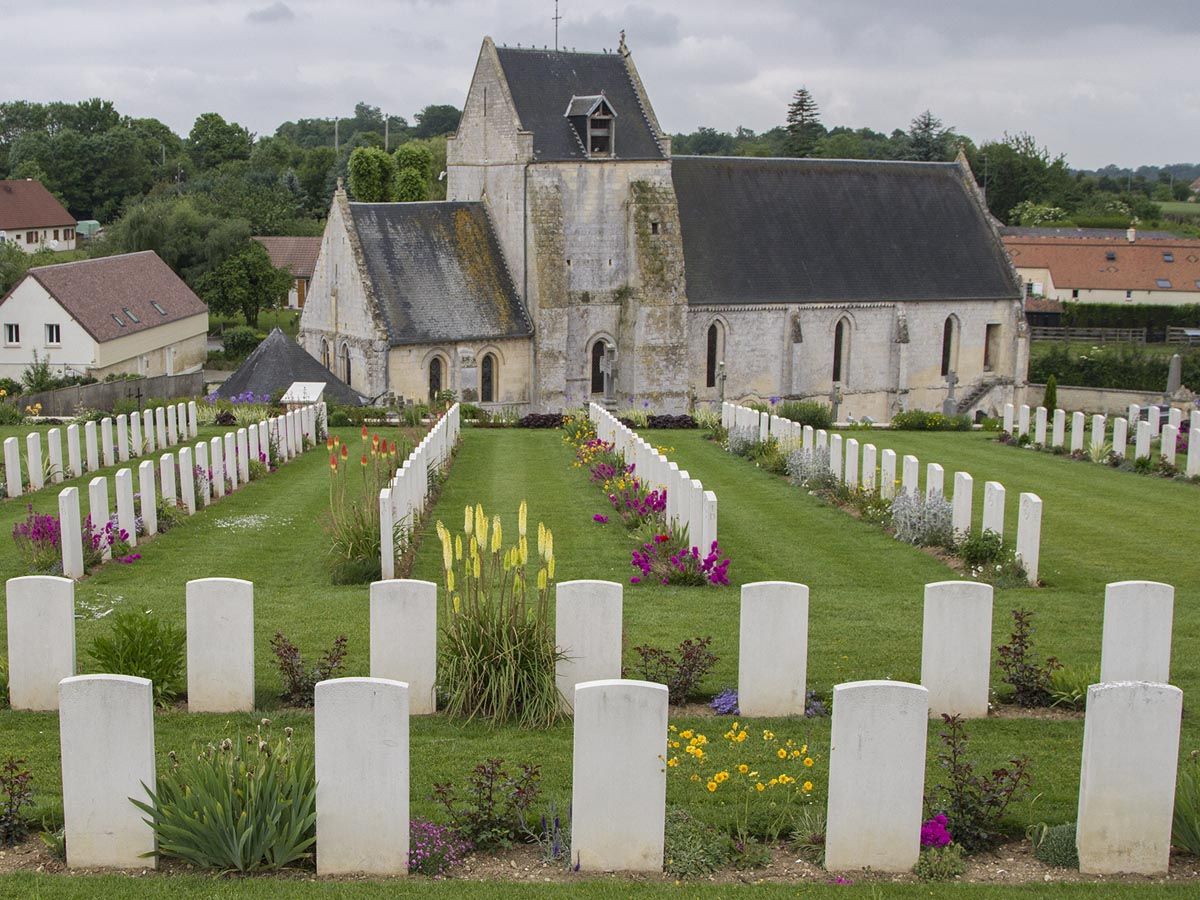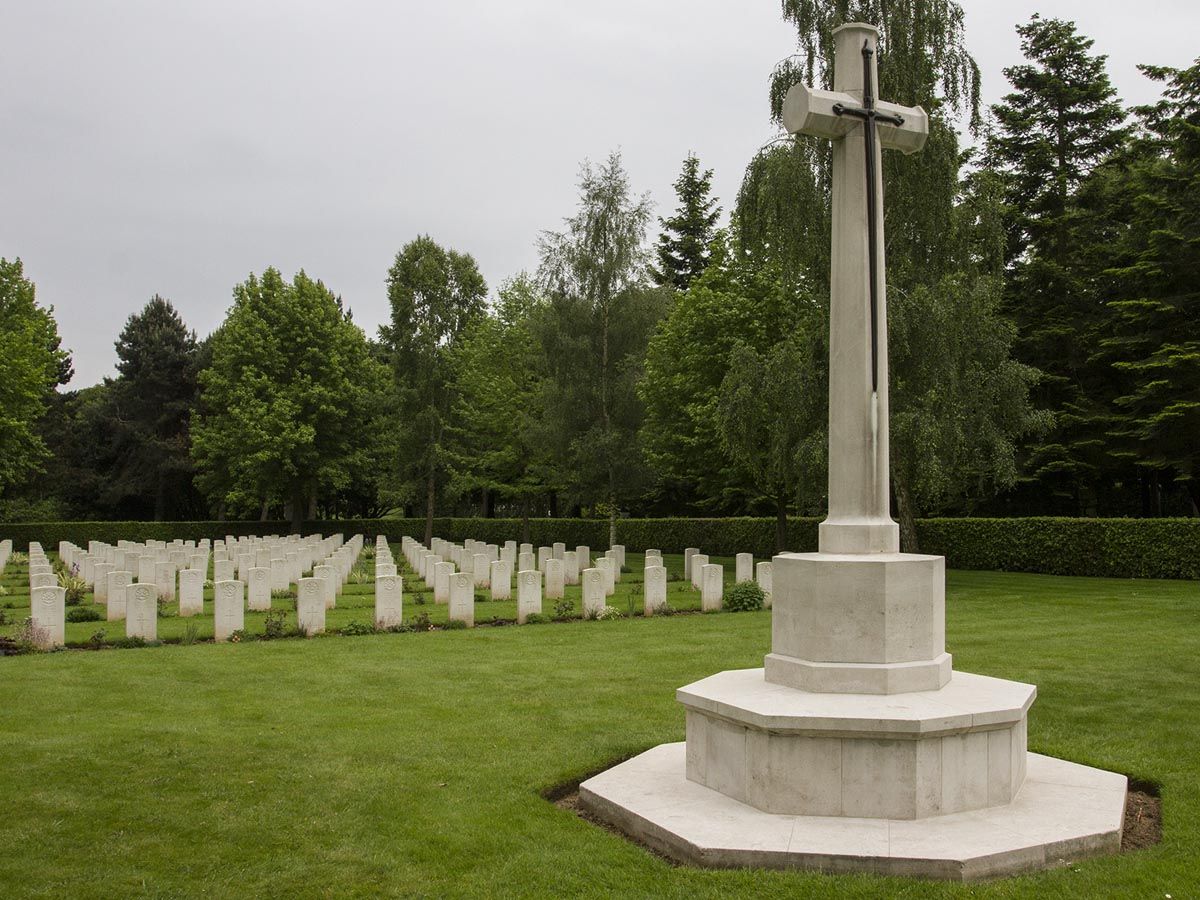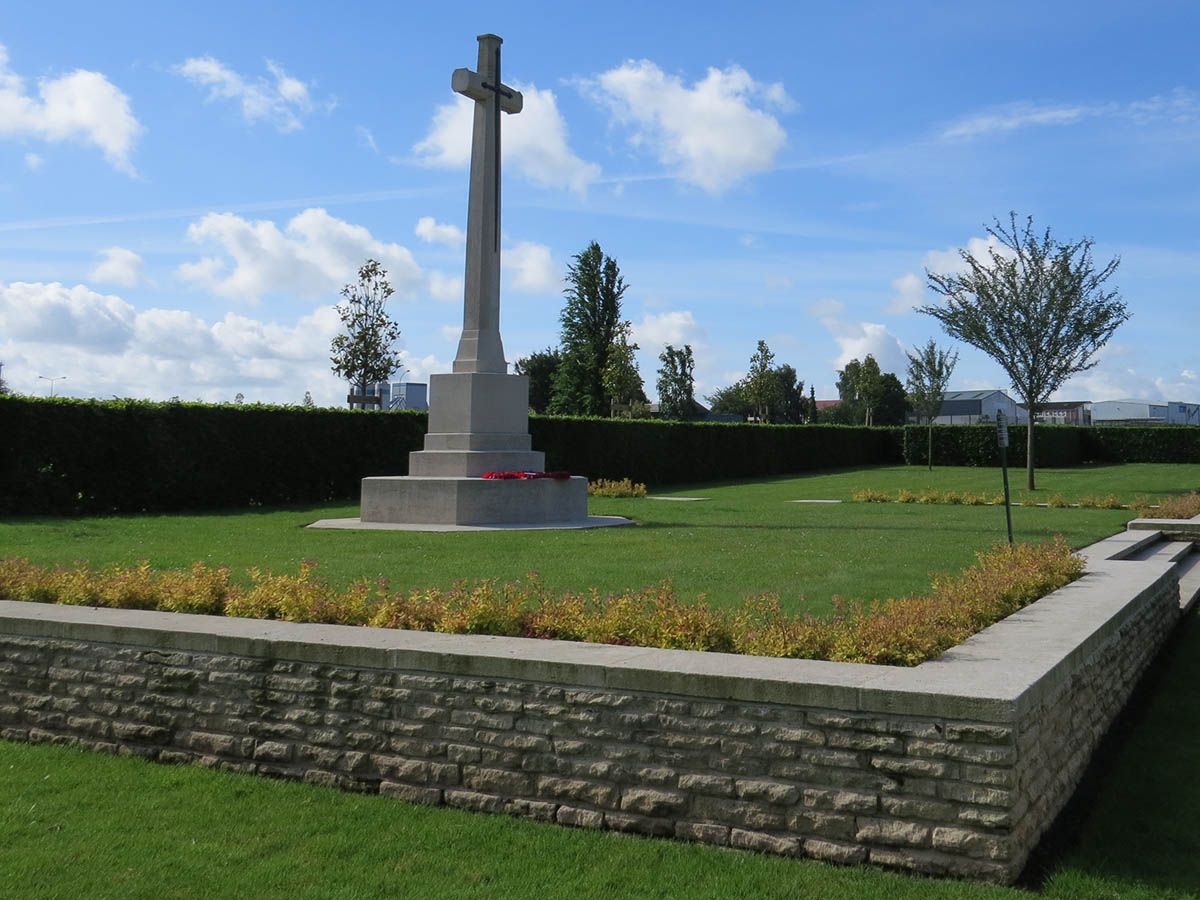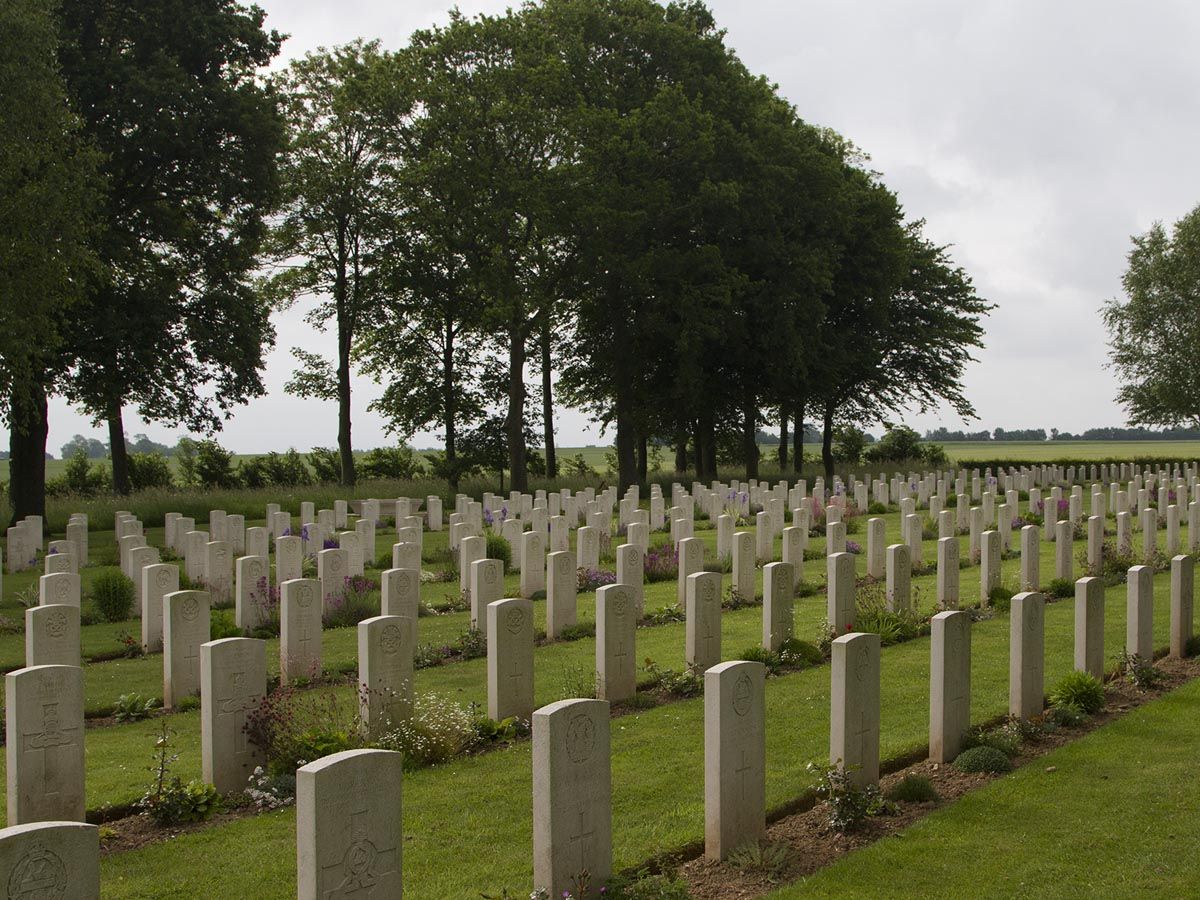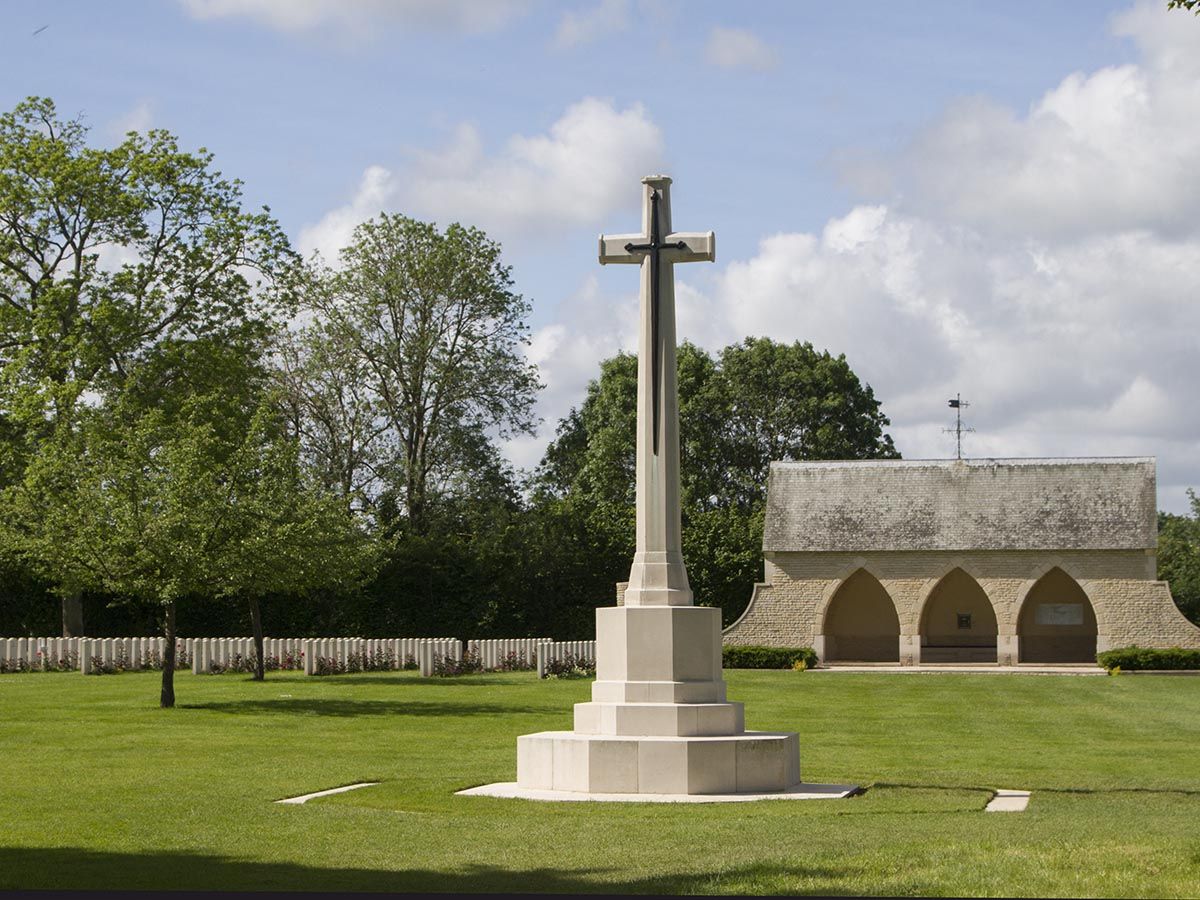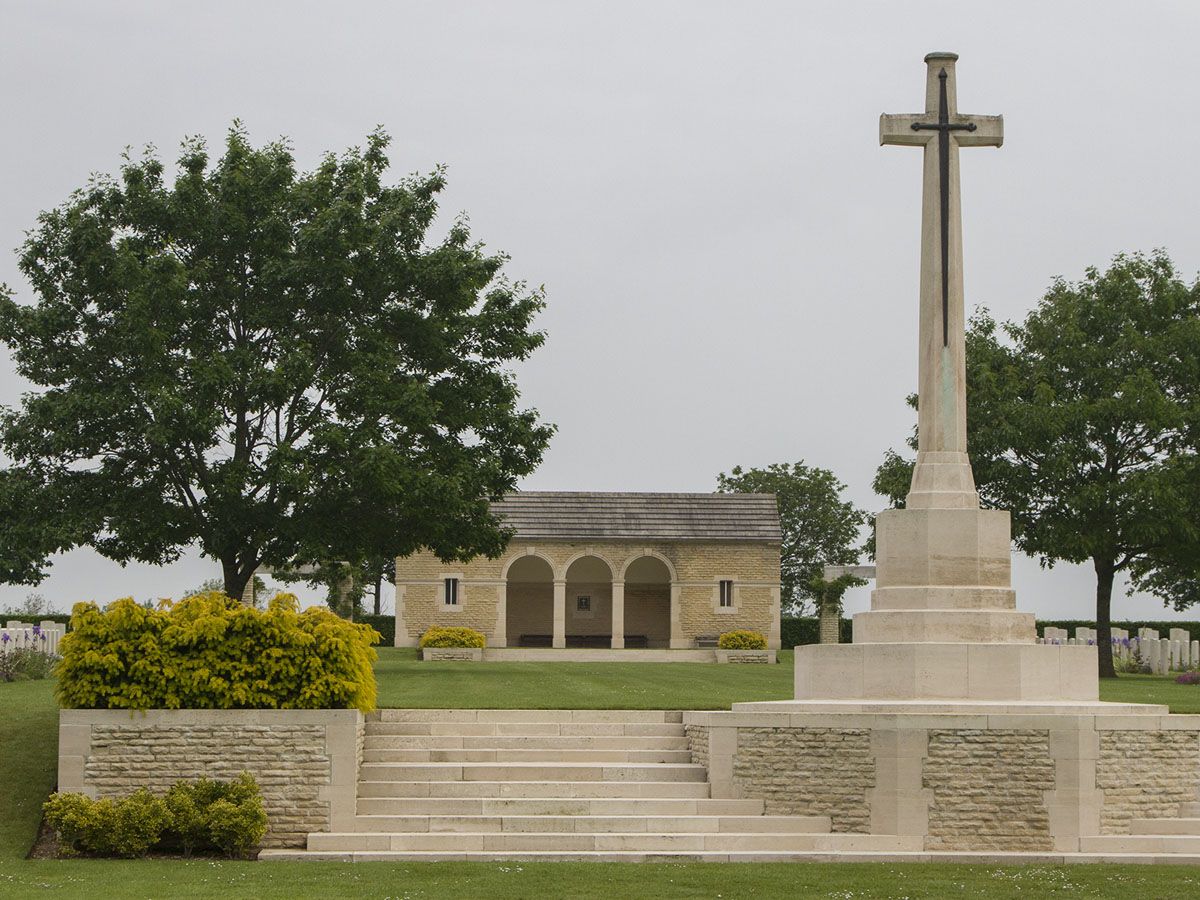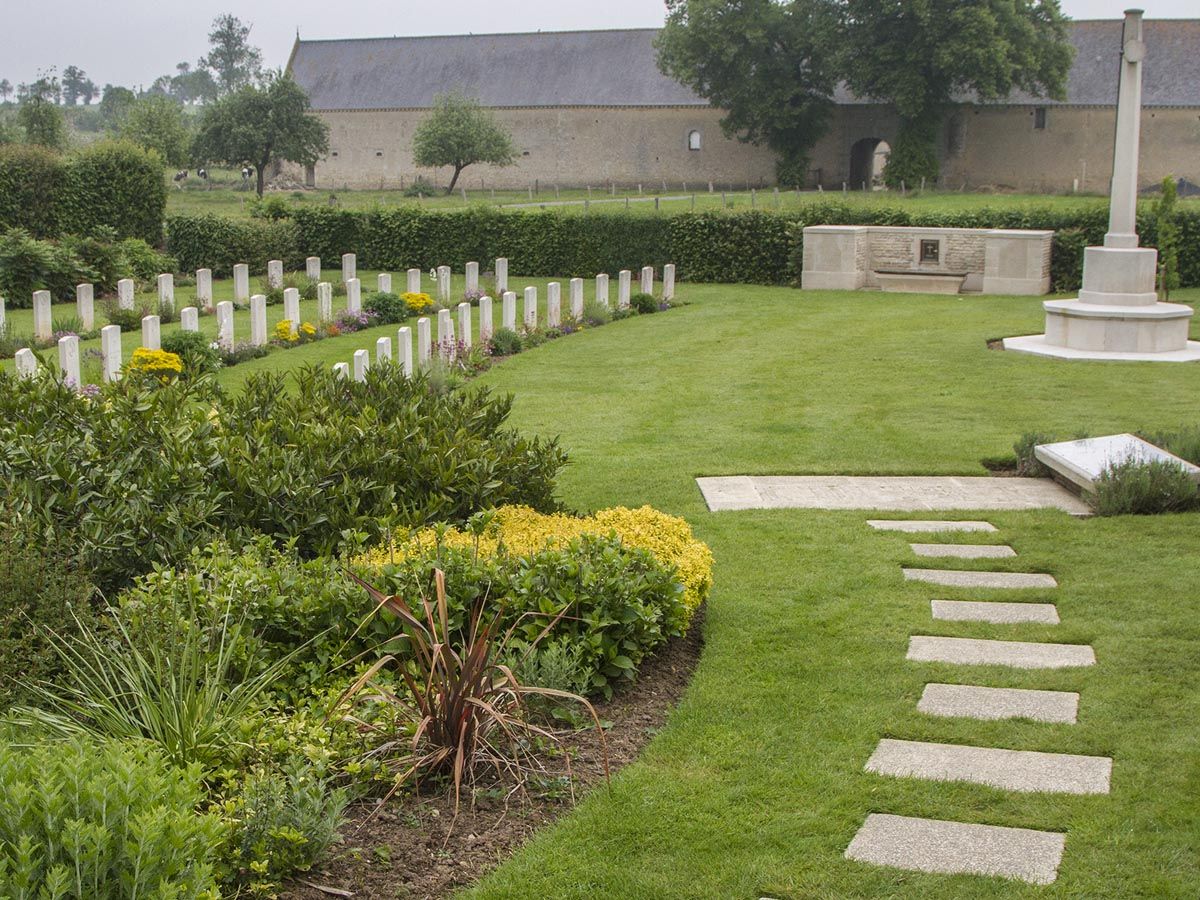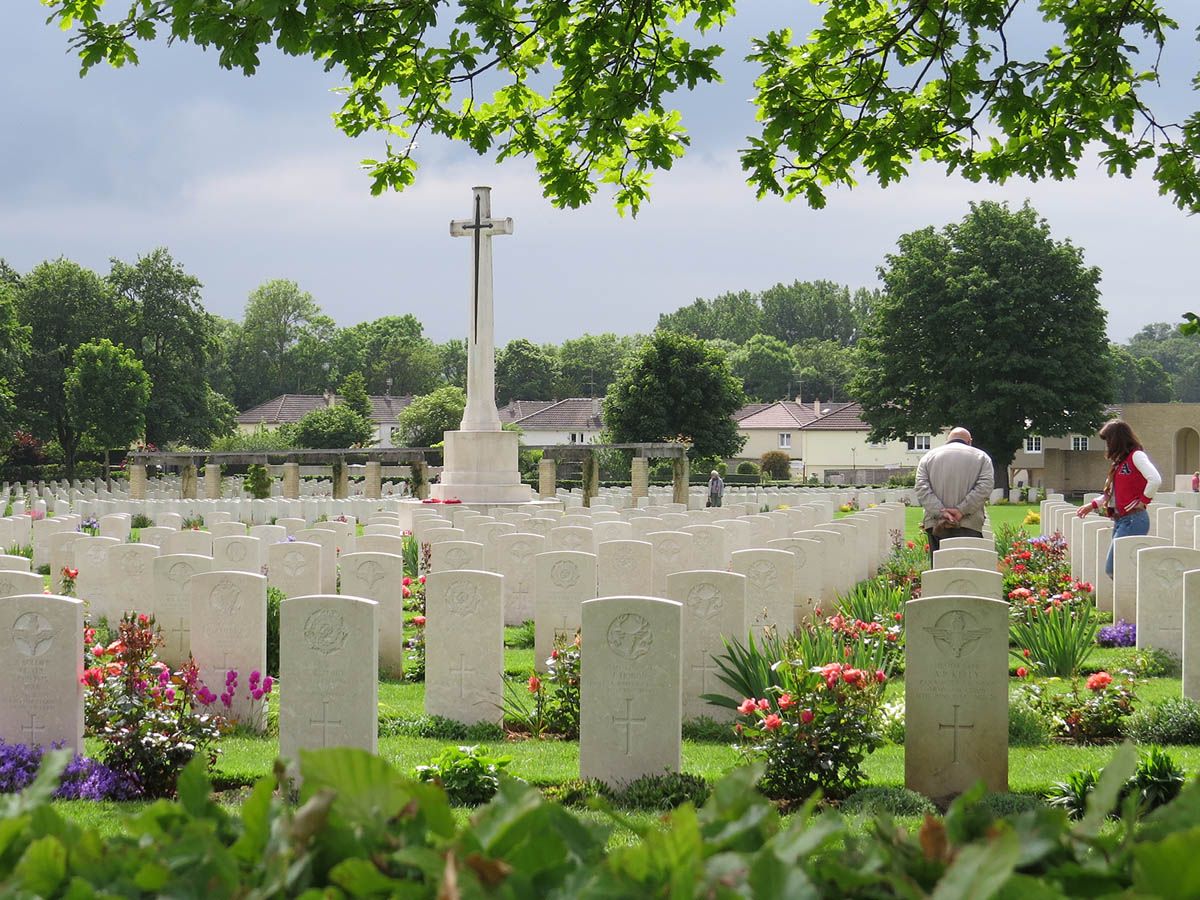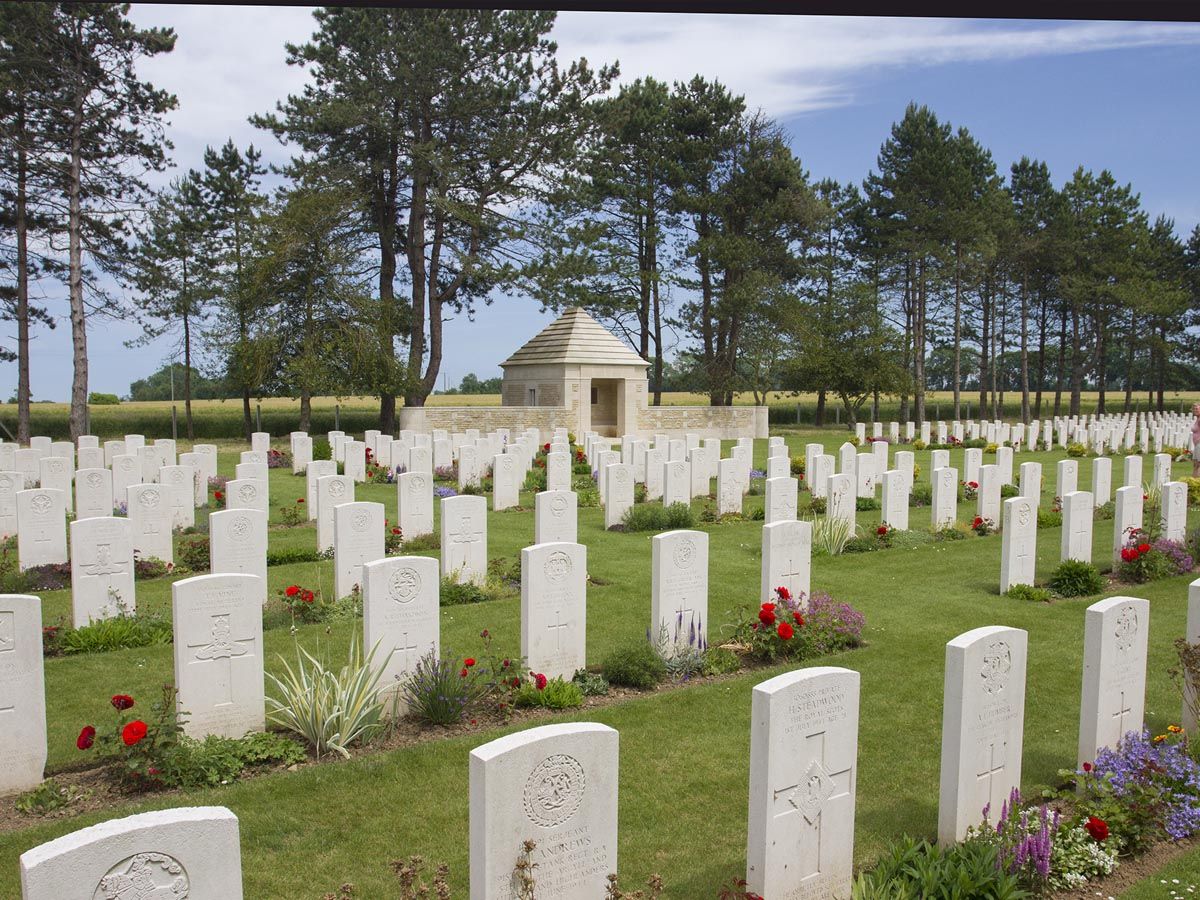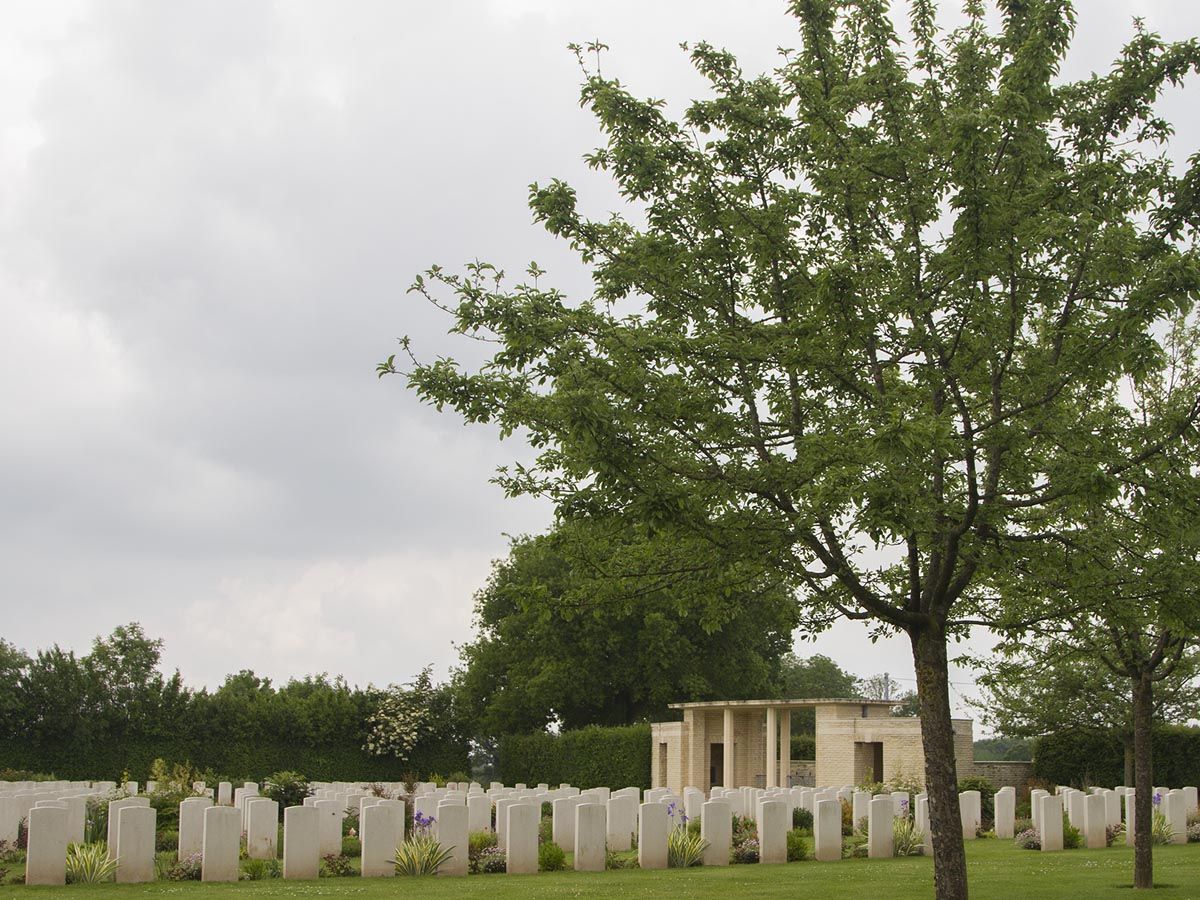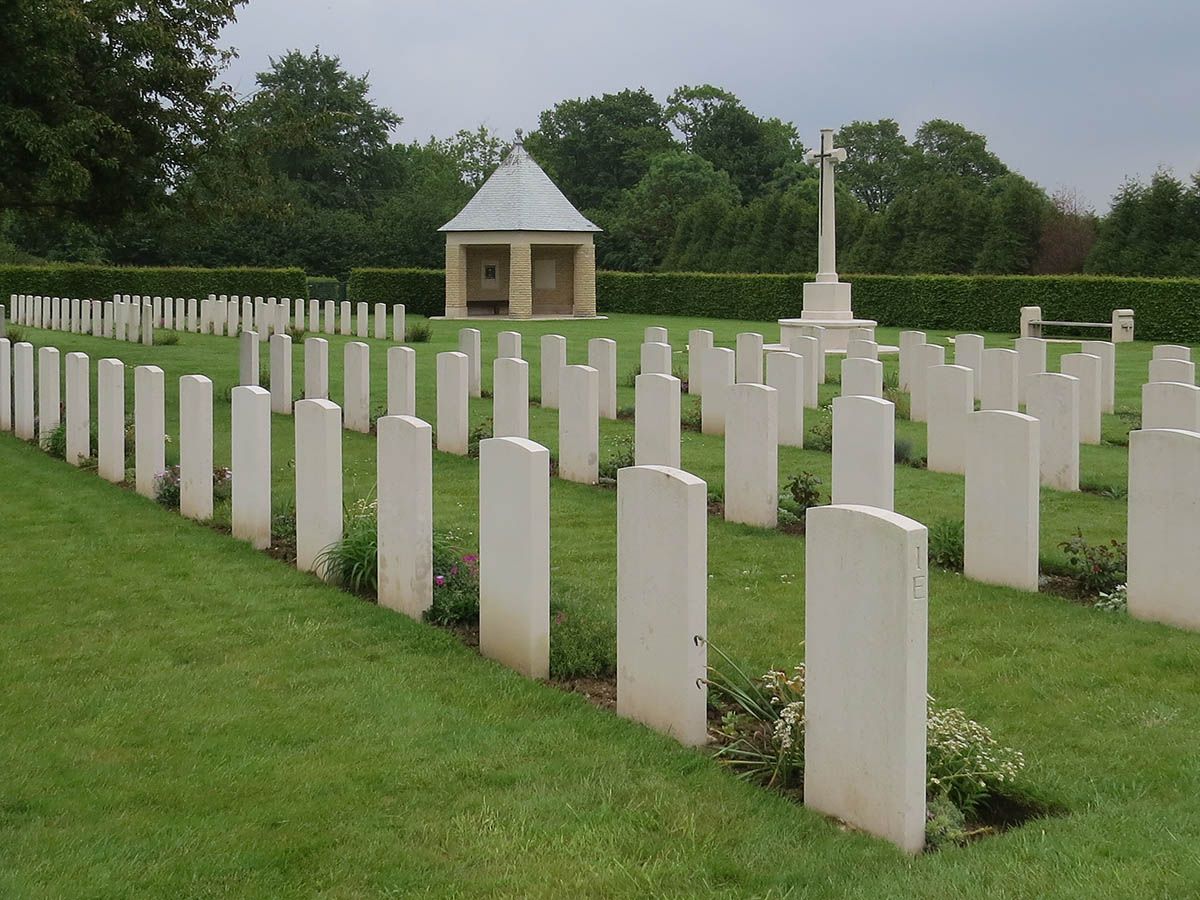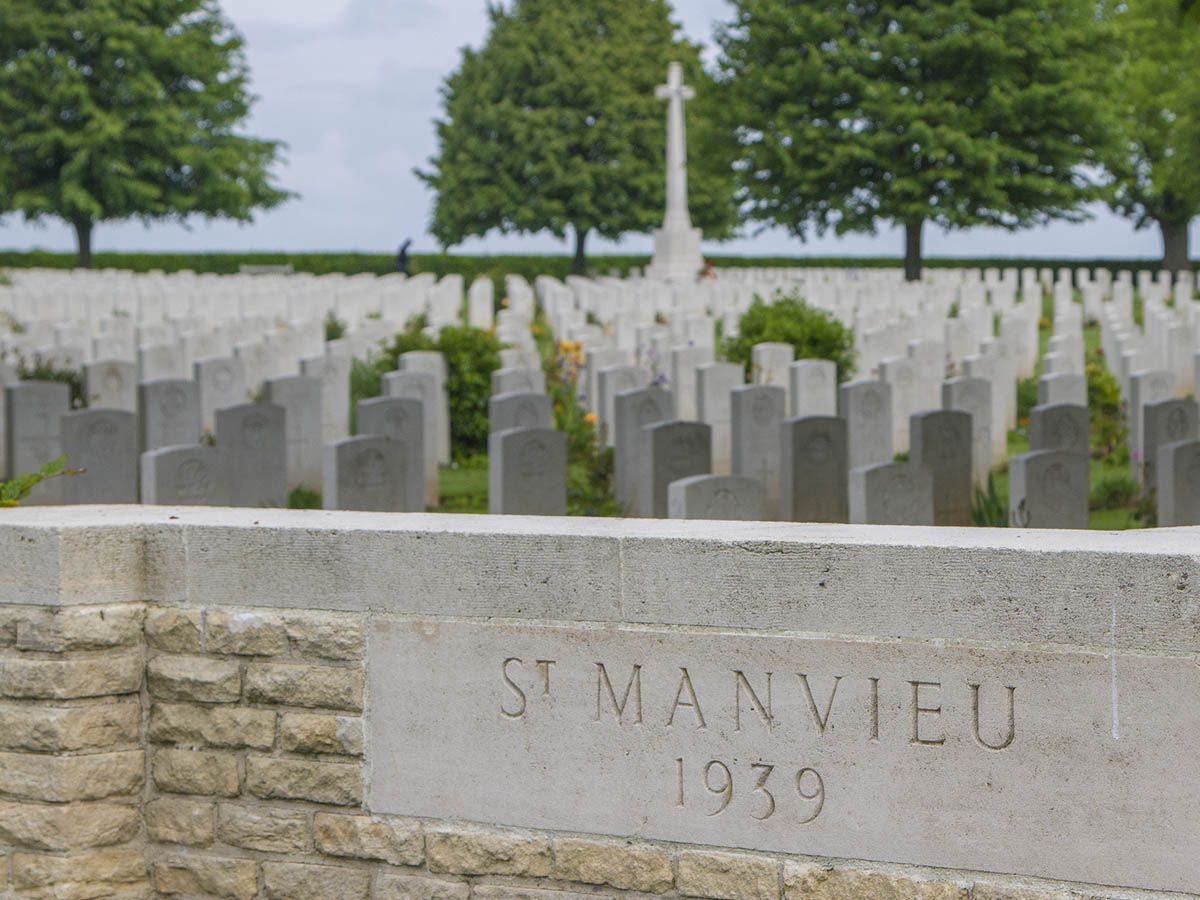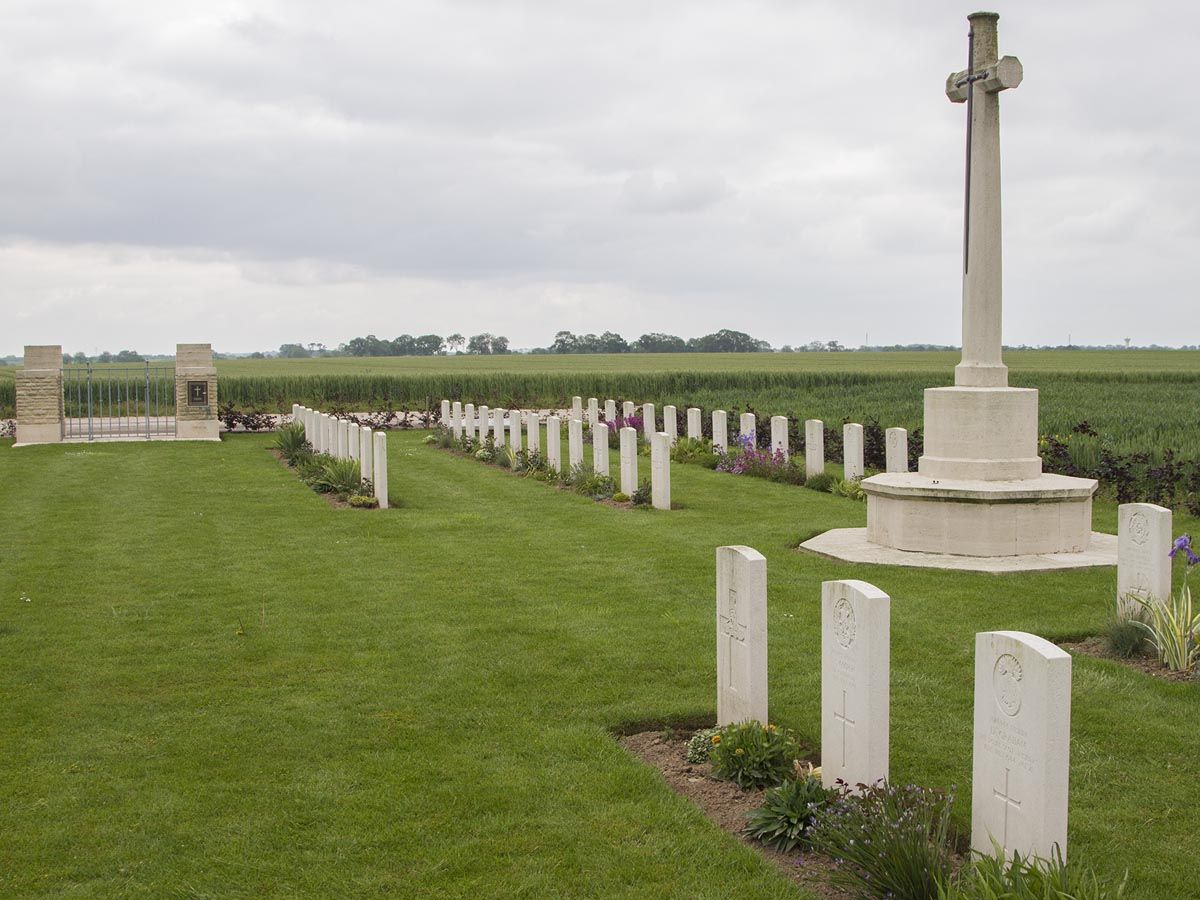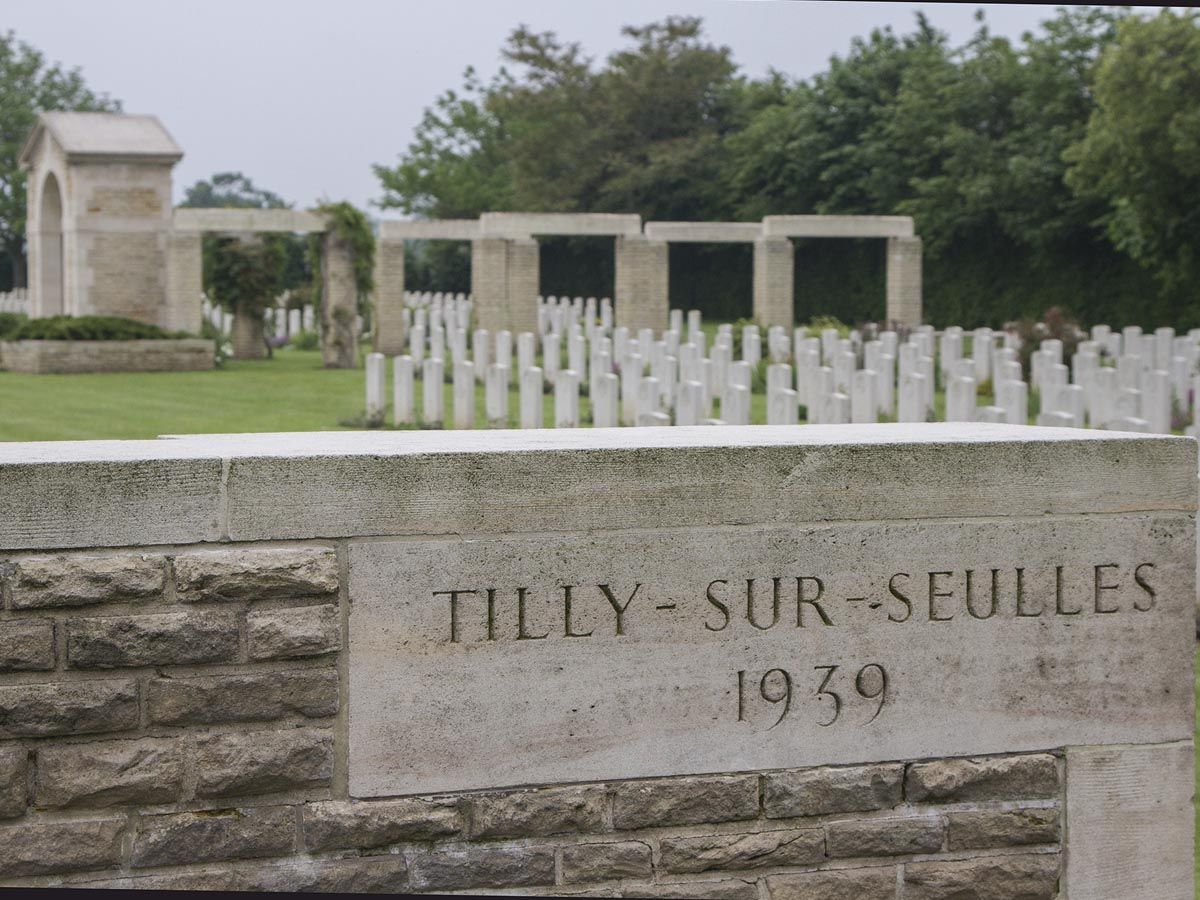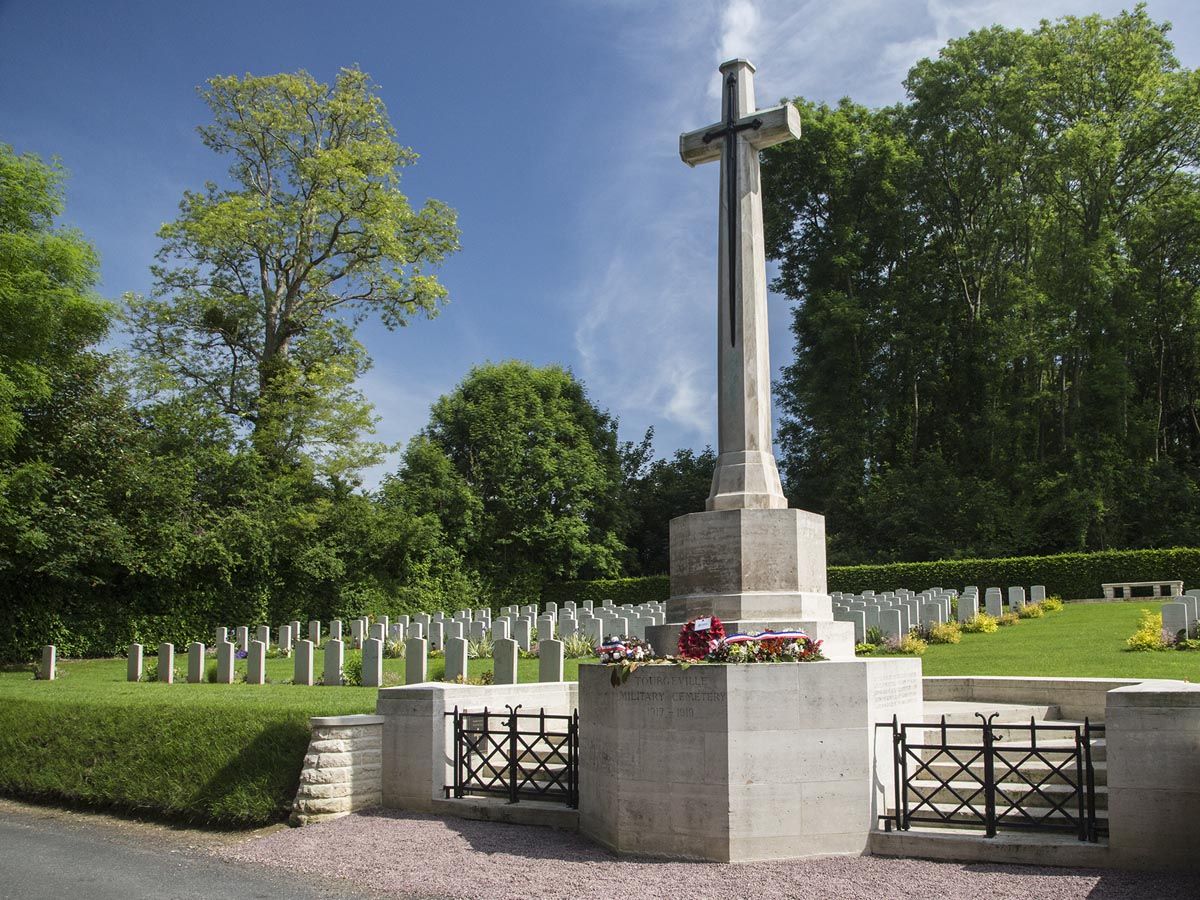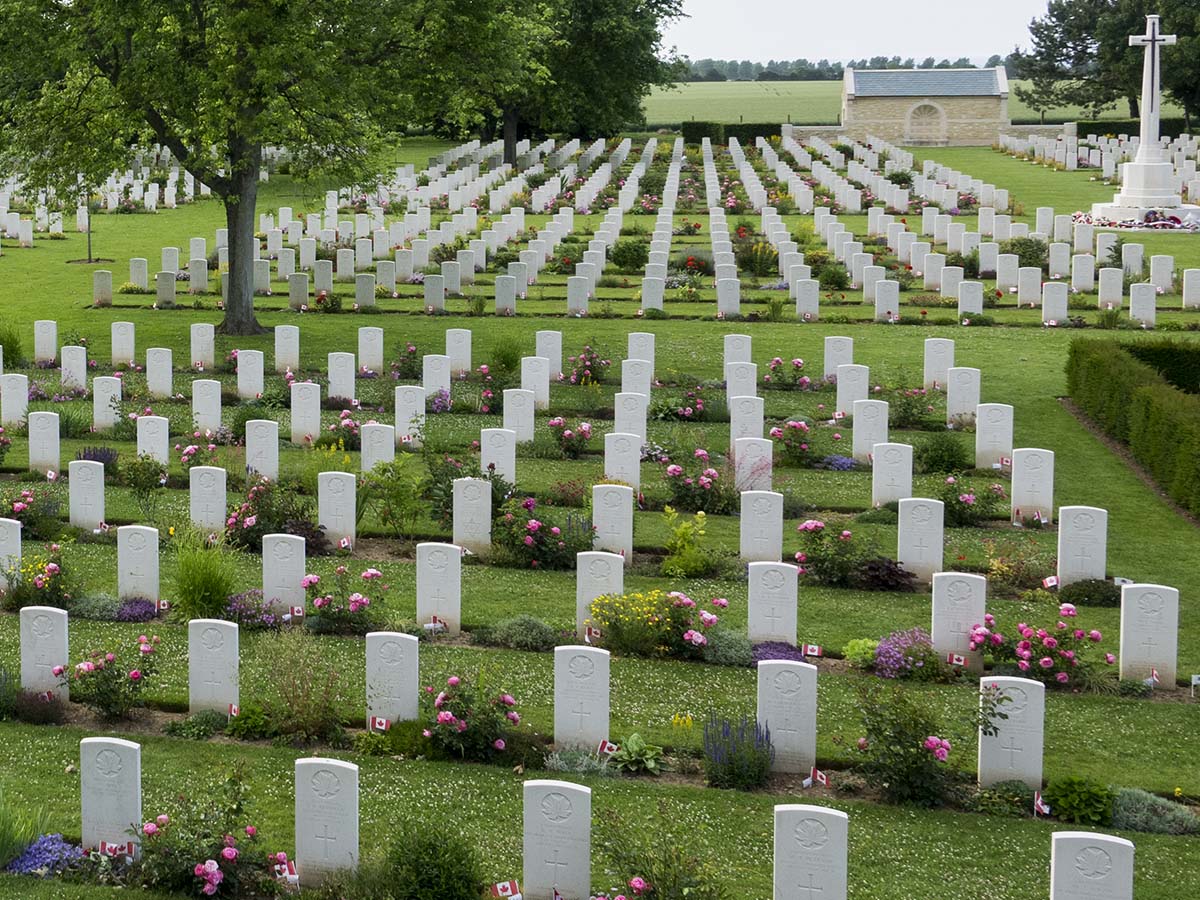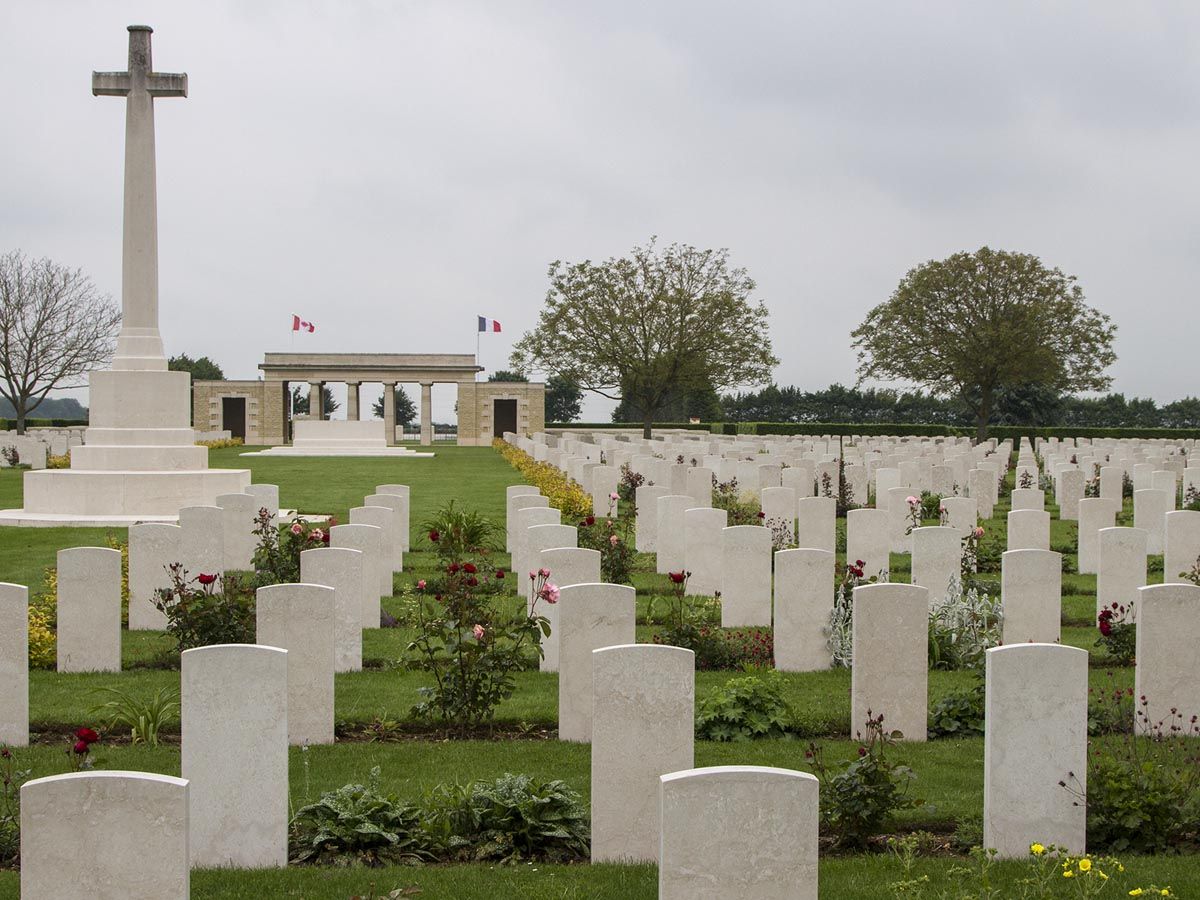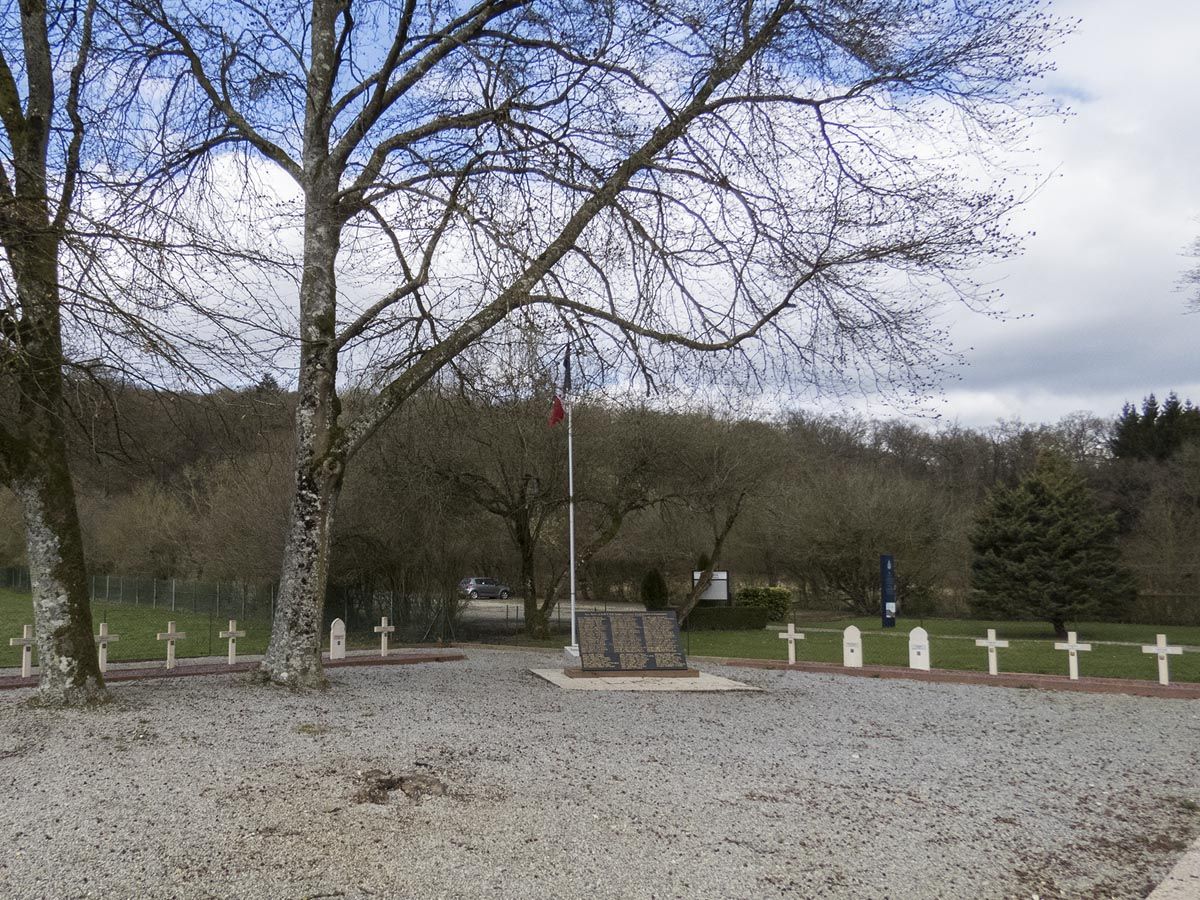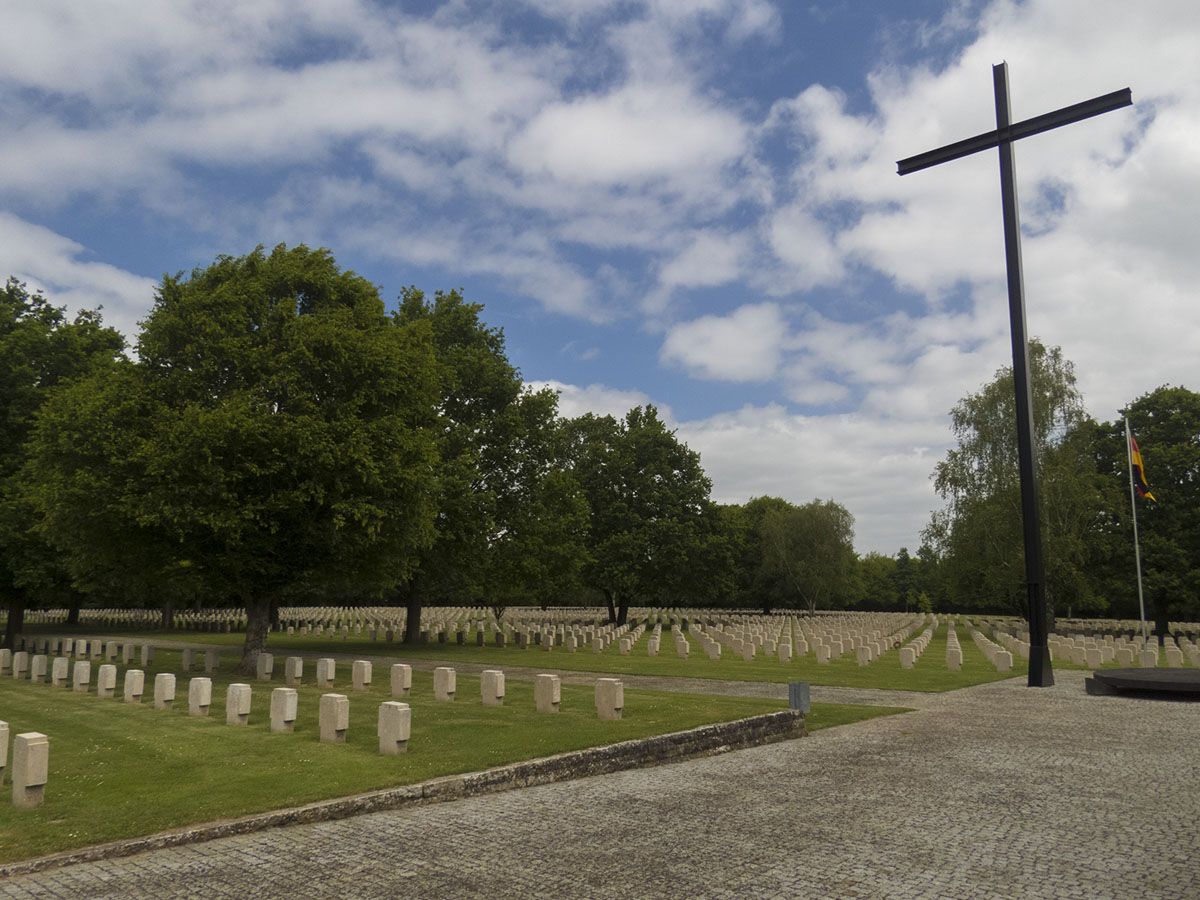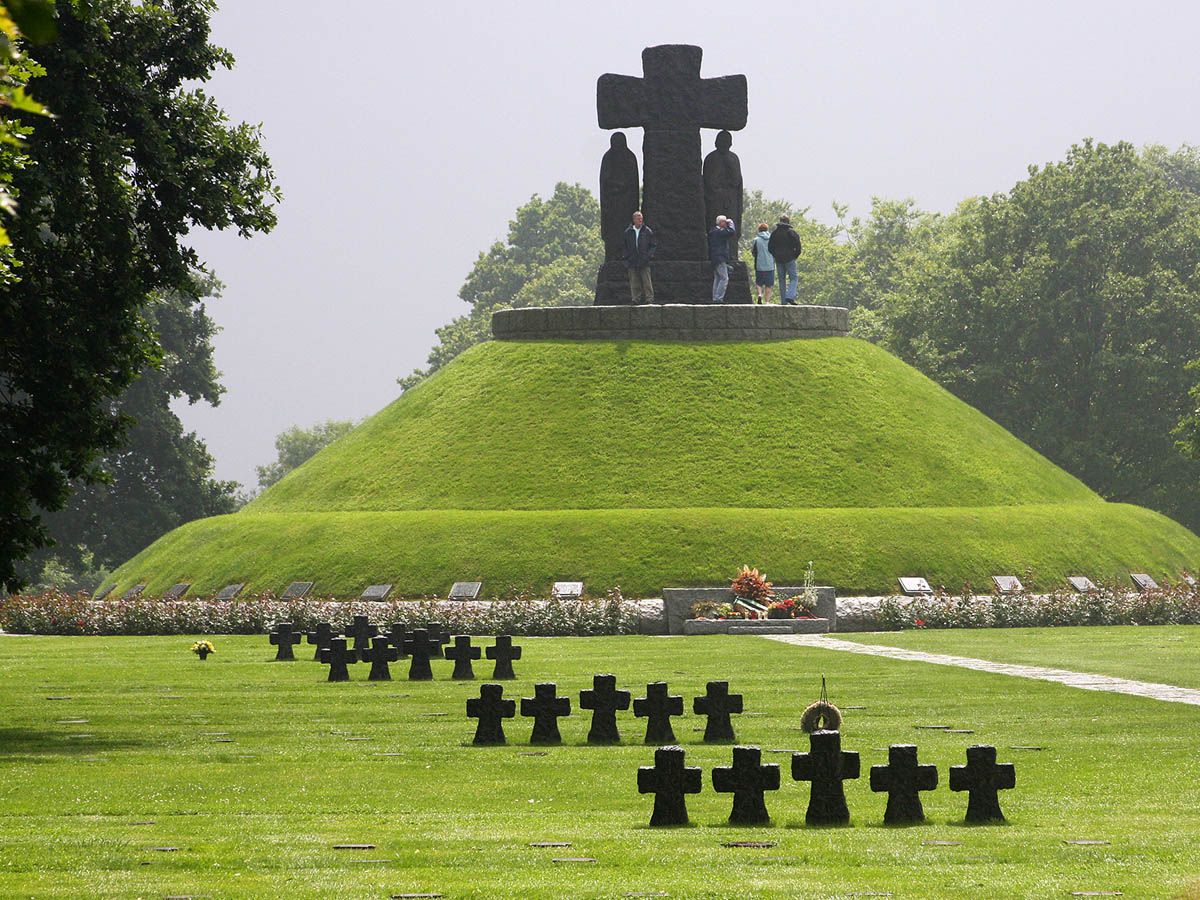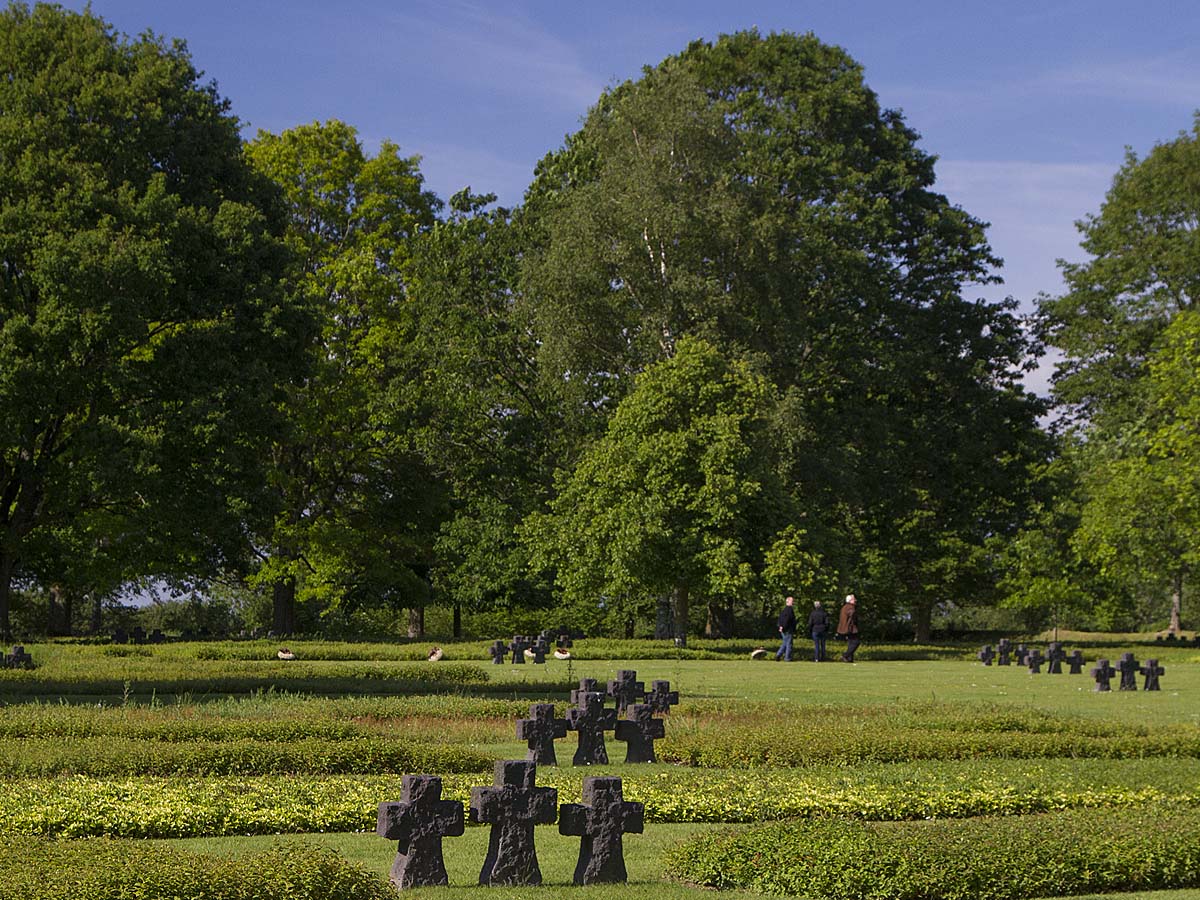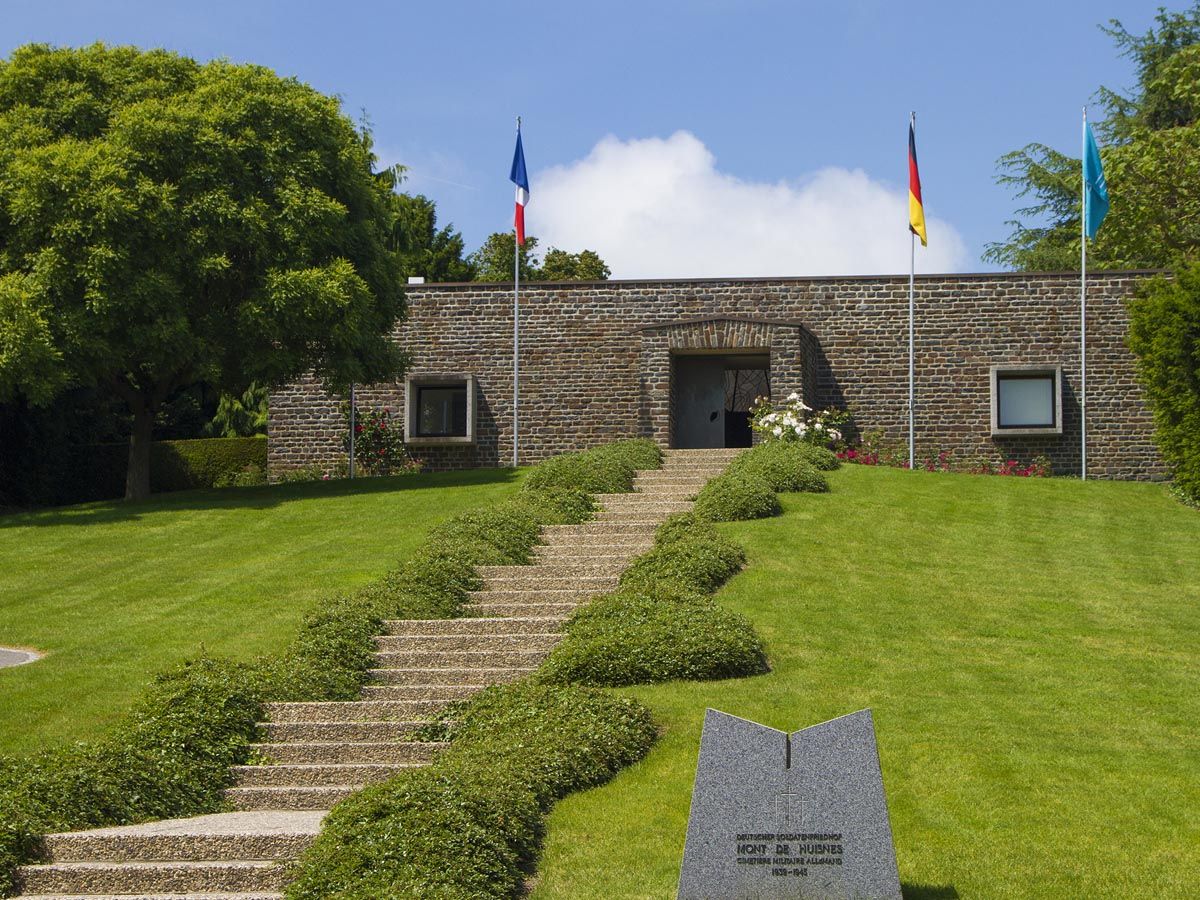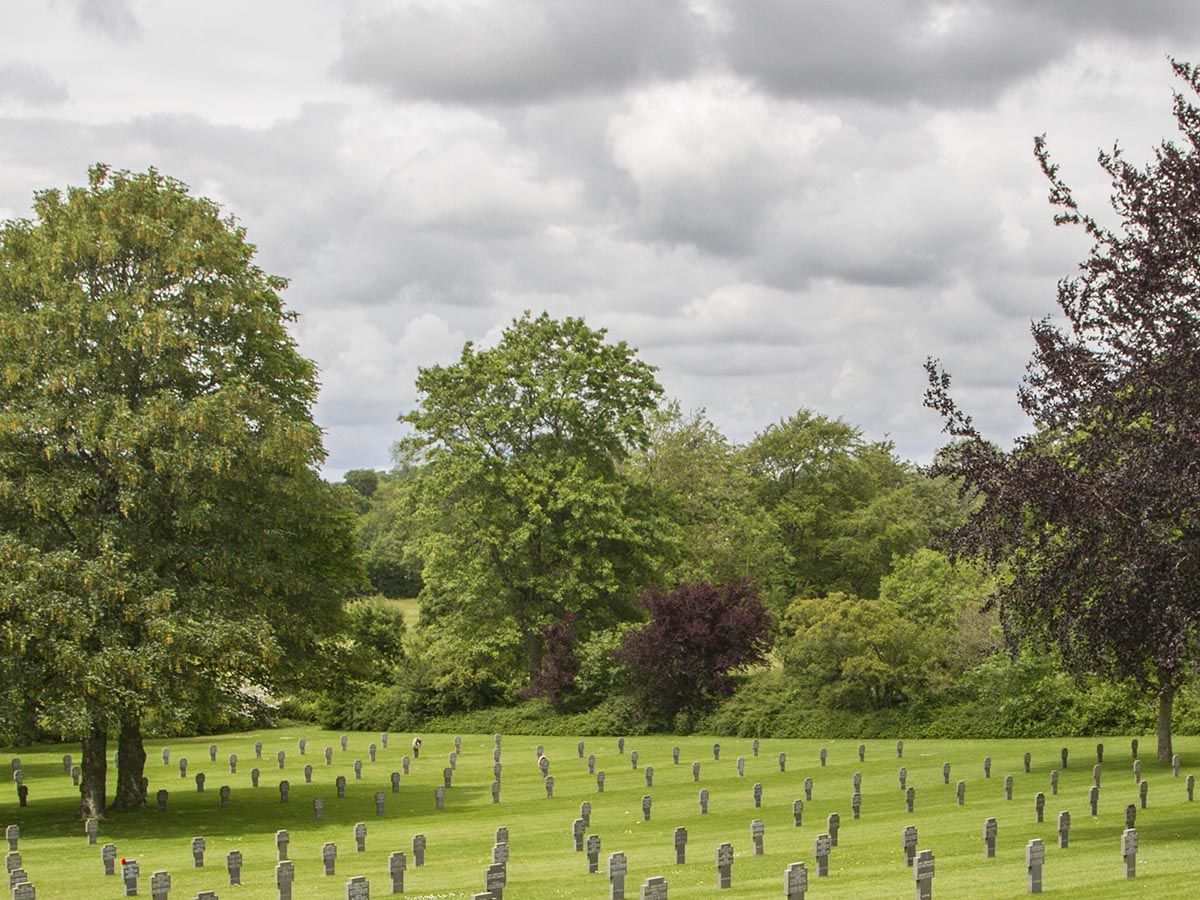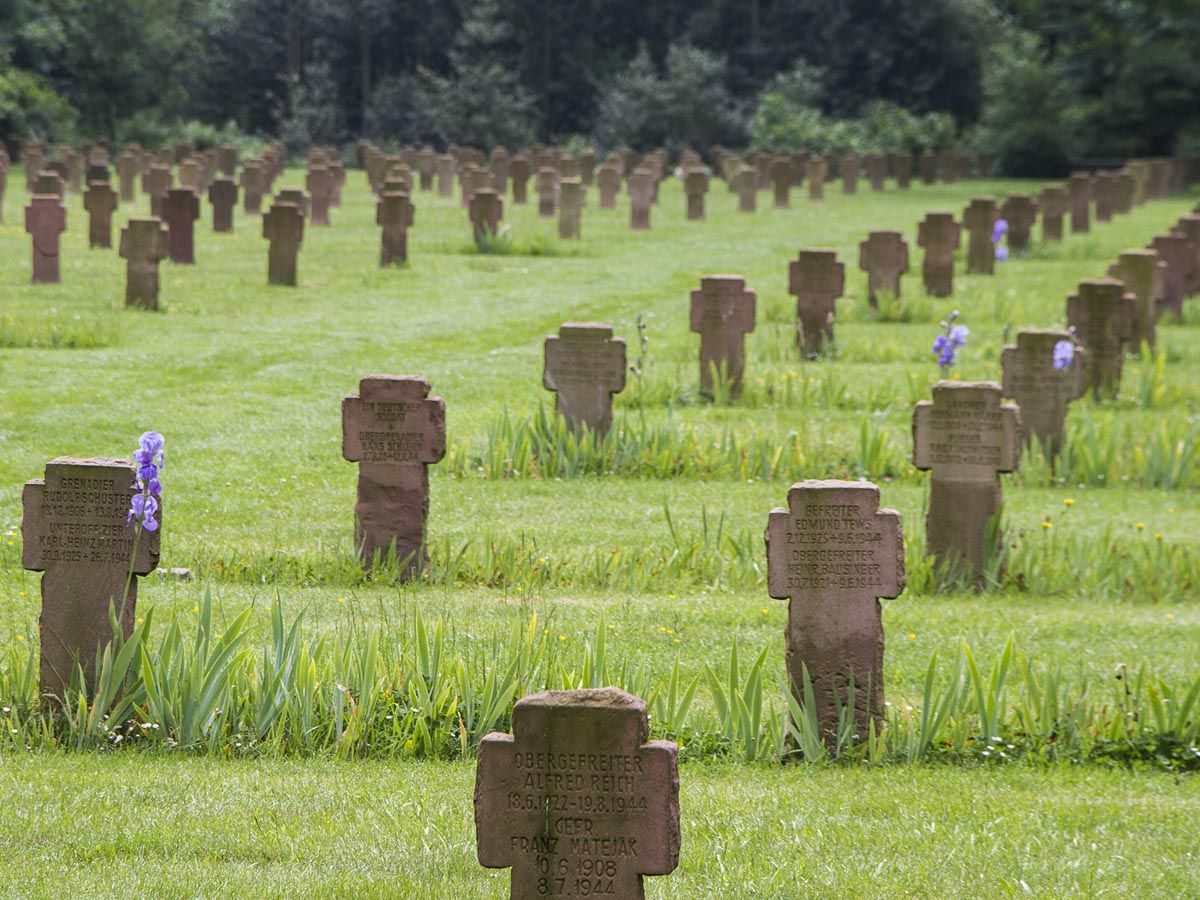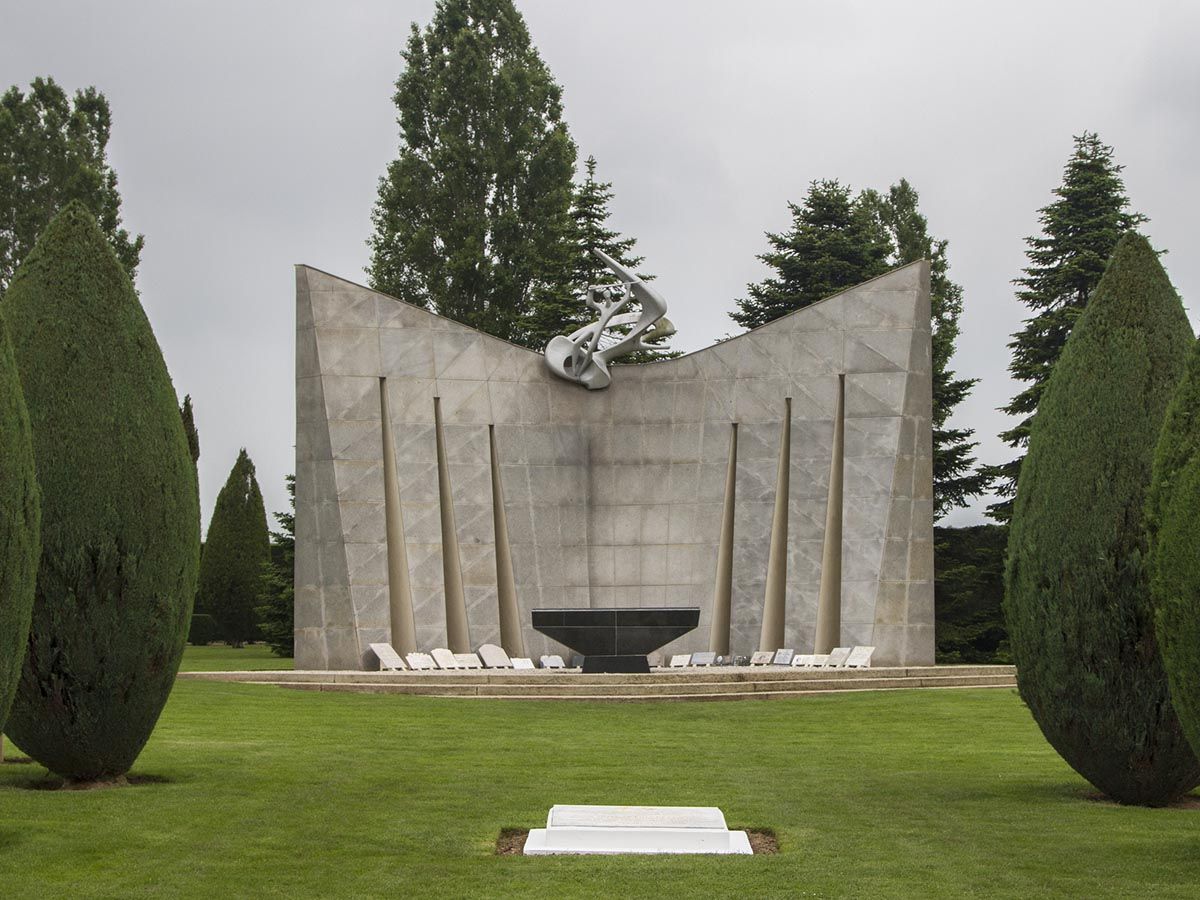Tucked between Caen and Falaise along the N158 highway, the Bretteville-Sur-Laize Canadian War Cemetery stands as a solemn tribute to those who made the ultimate sacrifice during the Normandy campaign. This peaceful memorial contains the remains of 2,958 soldiers, most of them Canadian, with 87 unidentified heroes who fell during the fierce battles following D-Day. As you approach from Caen, you’ll spot the cemetery’s distinctive layout, offering a moment of reflection amid your Normandy travels.
The cemetery offers visitors a chance to connect with history in a deeply personal way. You can explore the grounds through a virtual tour via the Memory program if you can’t visit in person. When planning your trip, consider that the location is accessible but may require a taxi from Caen station if you’re traveling without a car – drivers are often willing to wait while you pay your respects.
The Historical Context
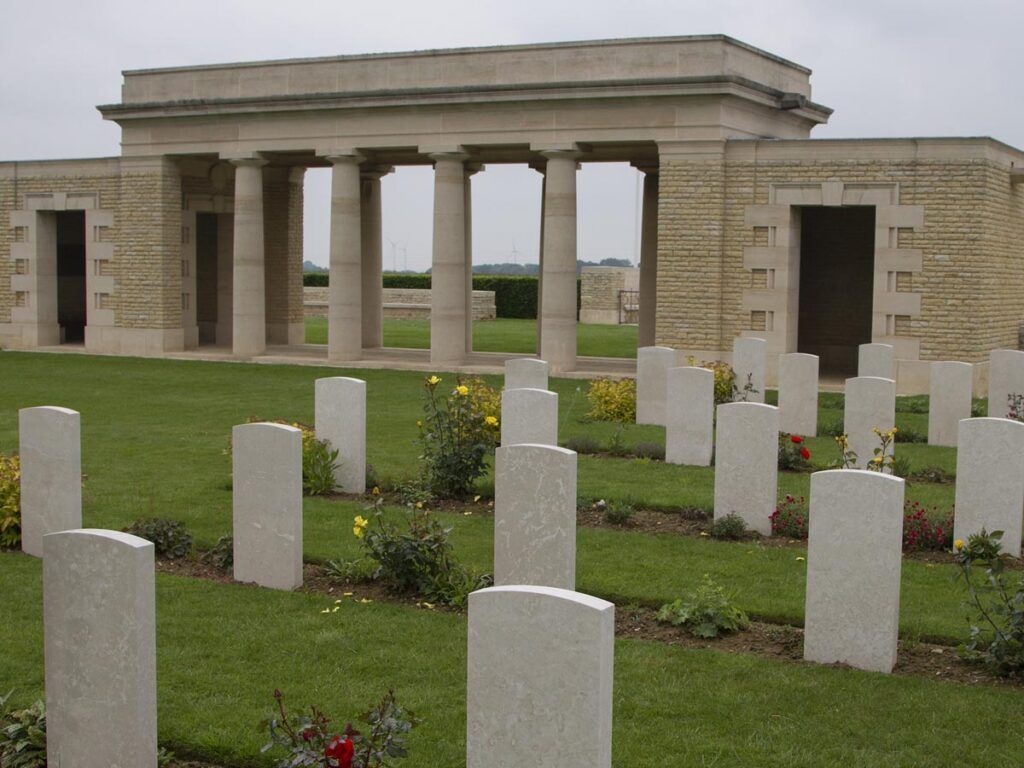
The Bretteville-Sur-Laize Canadian War Cemetery stands as a solemn reminder of the courage and sacrifice of Canadian troops during the Battle of Normandy. This hallowed ground tells the story of Canada’s vital contribution to the Allied victory in World War II.
The Battle of Normandy
The Battle of Normandy began with D-Day on June 6, 1944, when Allied forces launched Operation Overlord. Canadian troops, specifically the 3rd Canadian Division, landed on Juno Beach as part of this massive invasion force.
After establishing the beachhead, Canadian forces pushed inland toward Caen, a strategic city that proved difficult to capture. The fighting was fierce as they faced determined German resistance.
During July and August 1944, Canadian soldiers played a crucial role in the battles for Caen and the eventual closing of the Falaise Gap. These operations helped trap German forces and contributed significantly to the Allied victory in Normandy.
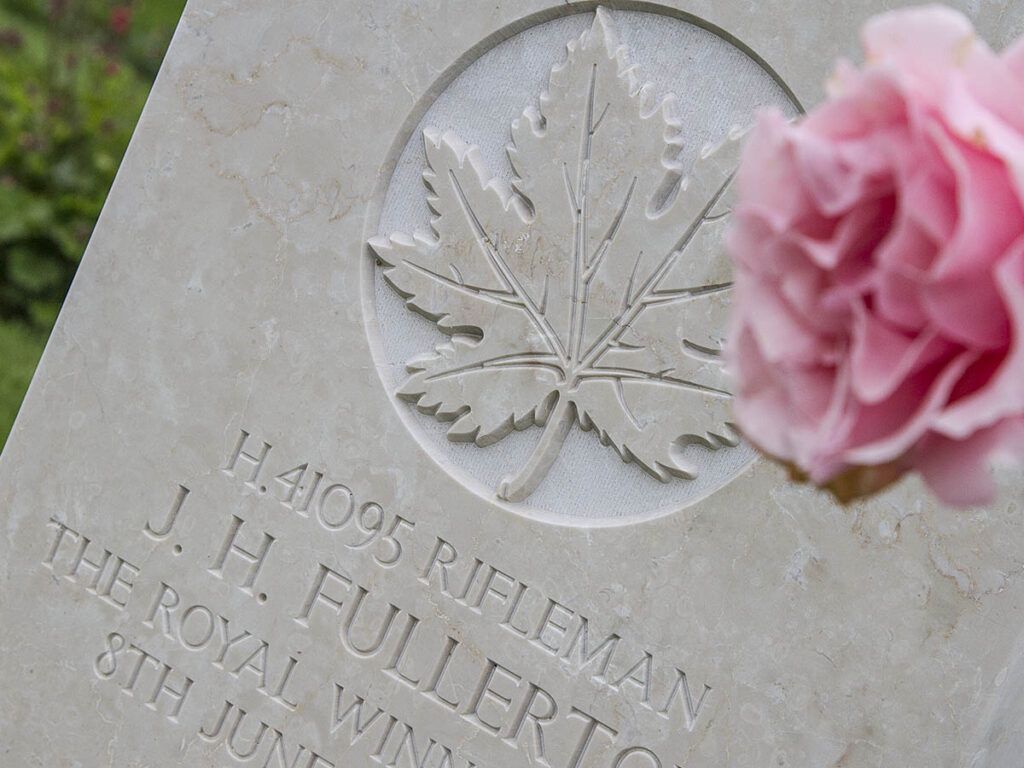
Many of the 2,872 Canadians buried at Bretteville-Sur-Laize died during these critical summer months of 1944. Their sacrifice helped liberate France and turn the tide of the war.
Canadian Soldiers in the Second World War
Canada’s contribution to World War II was remarkable for a nation of its size. Over 1.1 million Canadians served in the military during the conflict, representing an extraordinary commitment from a country of just 11 million people.
The Canadian Infantry Corps formed the backbone of Canada’s overseas forces. These soldiers trained extensively in England before facing the challenges of the Normandy Campaign.
Canadian troops earned a reputation for toughness and determination in battle. They fought through difficult terrain and against elite German units, including SS Panzer divisions.
By war’s end, more than 45,000 Canadians had lost their lives. The cemetery at Bretteville-Sur-Laize represents just one of many sites where Canadian heroes rest far from home.
The Cemetery’s Overview
Bretteville-sur-Laize Canadian War Cemetery stands as a solemn tribute to those who made the ultimate sacrifice during the Normandy Campaign of World War II. The cemetery offers visitors a place for reflection and remembrance in a beautifully maintained setting.

Location and Geography
The cemetery is strategically located roughly halfway between Caen and Falaise alongside the N158 highway in Cintheaux, France. When driving from Caen, you’ll easily spot the cemetery on your right side. This location is significant as it sits near the battlefields where many of these soldiers fought and fell.
The surrounding Norman countryside provides a peaceful backdrop for this memorial site. Only a short drive from Caen (about 20 minutes), the cemetery is easily accessible for visitors touring the D-Day beaches and other WWII sites in Normandy.
Nearby attractions include Garcelles Golf and several other war memorials that help visitors understand the broader context of the Normandy Campaign.
Design and Symbolism
The cemetery follows the dignified design principles of the Commonwealth War Graves Commission. At its center stands the Cross of Sacrifice, a symbolic monument found in Commonwealth war cemeteries worldwide. The cemetery’s layout creates a sense of order and peace, with neat rows of headstones across well-maintained grounds.
The headstones commemorate primarily Canadian soldiers, with 2,793 Canadian graves. You’ll also find 80 British graves, 4 Australian, 1 New Zealand, and 1 French burial. Each headstone bears the name, rank, unit, date of death, and age of the fallen, along with a religious symbol and personal inscription chosen by the family.
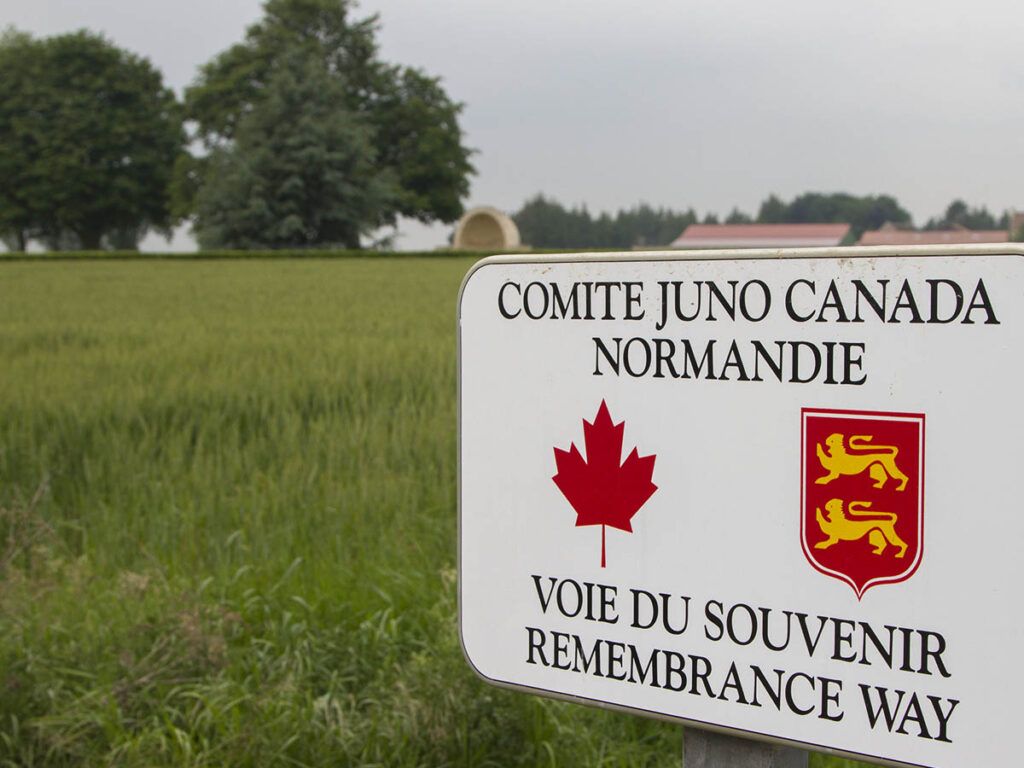
Unlike Beny-sur-Mer Canadian War Cemetery which primarily holds those who fell during the initial D-Day landings, Bretteville-sur-Laize contains many who died during the later battles around Caen and the Falaise Gap.
The Fallen Heroes
The Bretteville-Sur-Laize Canadian War Cemetery serves as a solemn memorial to nearly 3,000 brave soldiers who made the ultimate sacrifice during the Battle of Normandy. Most of these heroes were Canadians who fought valiantly to liberate France from Nazi occupation.
Burial Grounds and Records
The cemetery contains 2,958 World War II graves, with the vast majority belonging to Canadian soldiers. As you walk among the perfectly aligned headstones, you’ll notice they primarily belong to members of the 4th Canadian Armoured Division and the Royal Hamilton Light Infantry. These units played crucial roles in the fierce fighting south of Caen during the summer of 1944.
Veterans Affairs Canada maintains detailed records of each fallen soldier. You can access these records at the cemetery’s information center or online before your visit. The graves are meticulously maintained by the Commonwealth War Graves Commission, ensuring these heroes are remembered with dignity and respect.
Personal Stories and Tributes
Each headstone tells a unique story of sacrifice. Many visitors leave small Canadian flags, flowers, or personal notes as tributes. You’ll find some headstones with touching inscriptions chosen by the families, offering glimpses into the person behind the uniform.
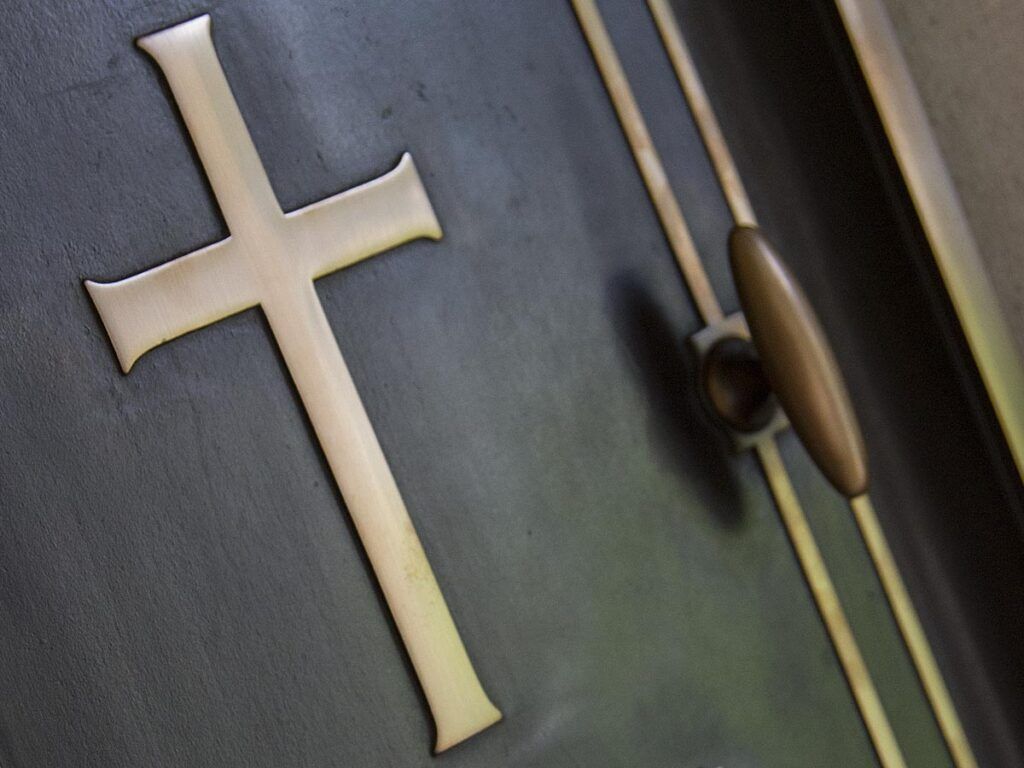
The cemetery often hosts commemorative ceremonies, especially on important dates like Remembrance Day and D-Day anniversaries. These events bring together veterans, families, and grateful citizens to honor the fallen.
When visiting, take time to read some of the personal stories displayed throughout the grounds. These accounts connect you to individual Canadian soldiers who gave their lives for freedom. Many local French families have “adopted” graves, tending to them regularly as a way to express their enduring gratitude.
Visiting the Cemetery
The Bretteville-Sur-Laize Canadian War Cemetery offers a moving tribute to those who made the ultimate sacrifice. Located along the N158 highway between Caen and Falaise, this solemn site is accessible year-round for visitors wanting to pay their respects.
Planning Your Visit
The cemetery is situated about 14 kilometers south of Caen, just north of Cintheaux village. You’ll find it on the west side of the N158 main road. If you’re driving from Caen, you’ll easily spot the cemetery as you approach.
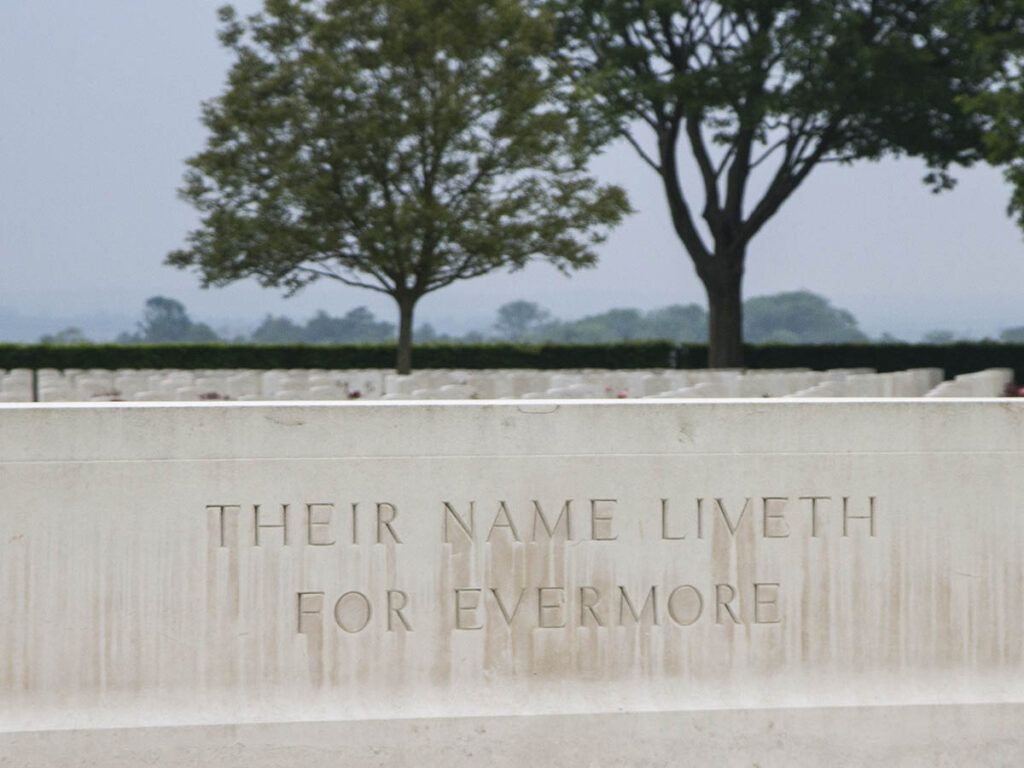
For those without a car, taking a taxi from Caen station is a practical option. Ask the driver to wait while you visit, then return to Caen afterward. This saves you from arranging multiple transportation legs.
The cemetery grounds are well-maintained and wheelchair accessible. Plan to spend at least 1-2 hours here to properly appreciate the site and reflect on the 2,958 soldiers buried here, including 87 unidentified service members.
Entry is free, and the cemetery is open to visitors daily.
Throughout the Year
The cemetery’s appearance changes with the seasons, each offering a different atmosphere for your visit.
Spring (March-May): Blooming flowers create a colorful backdrop against the white headstones. The weather is mild, making it comfortable to walk the grounds.
Summer (June-August): Peak tourist season coincides with D-Day anniversary events. The cemetery is at its busiest, but the warm weather is perfect for exploring.
Fall (September-November): Fewer crowds and beautiful autumn colors create a peaceful atmosphere for reflection.
Winter (December-February): The quietest time to visit. The stark landscape has its own solemn beauty, though prepare for cold conditions.
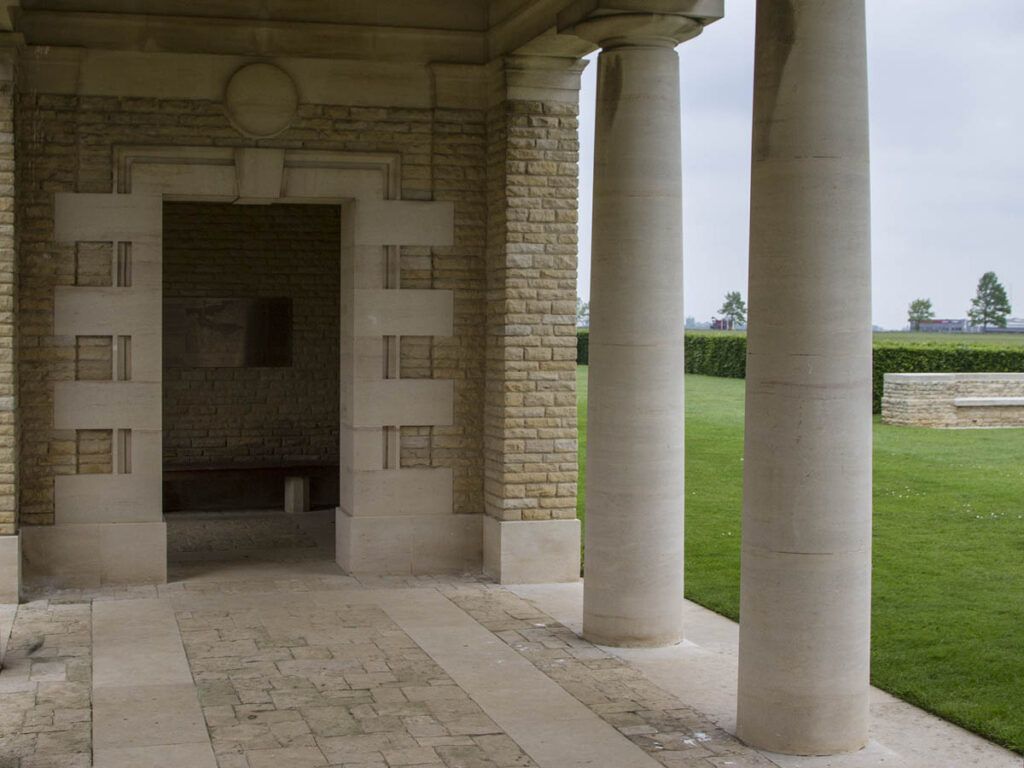
Remember to check weather forecasts before your visit, especially in winter when roads might be affected.
Commemorative Events
Several important ceremonies take place at the cemetery throughout the year:
- Remembrance Day (November 11): A solemn ceremony honoring all fallen soldiers.
- D-Day Anniversary (June 6): While the main events occur at the Normandy beaches, the cemetery holds special commemorations.
- Canada Day (July 1): Canadian visitors and officials gather to honor their countrymen.
- Liberation of Normandy (August): Events marking the successful Allied campaign.
During these events, you might see veterans, military representatives, and family members of the buried soldiers. Witnessing these ceremonies adds a powerful dimension to your visit.
If you plan to attend a commemoration, arrive early as parking can be limited during special events.
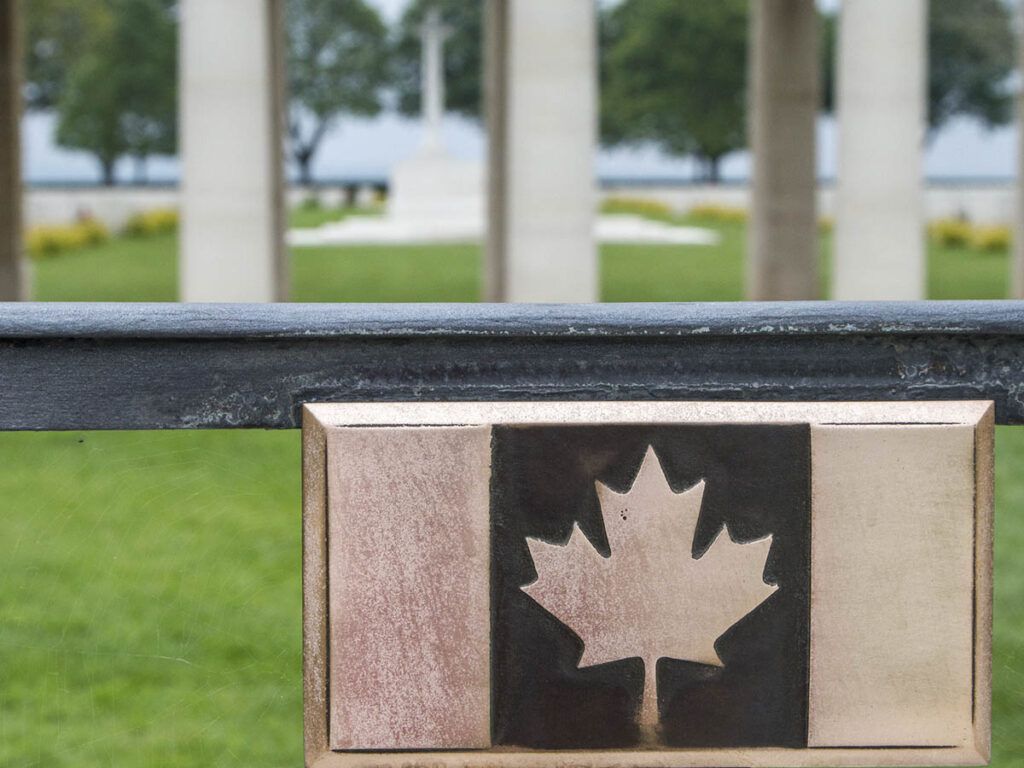
Nearby Accommodations
While there aren’t accommodations directly at the cemetery, several options exist in the surrounding area:
Recommended Hotels in Caen:
- Hôtel des Quatrans
- Best Western Plus Le Moderne
- Mercure Caen Centre Port de Plaisance
- Ibis Styles Caen Centre Gare
- Hôtel Restaurant Ivan Vautier
For a rural experience closer to the cemetery, try farmhouse B&Bs (chambres d’hôtes) in villages like Cintheaux or Bretteville-sur-Laize. These provide authentic Norman hospitality and often include homemade breakfasts.
Book accommodations in advance if visiting during summer or for D-Day anniversary events, as availability becomes limited.
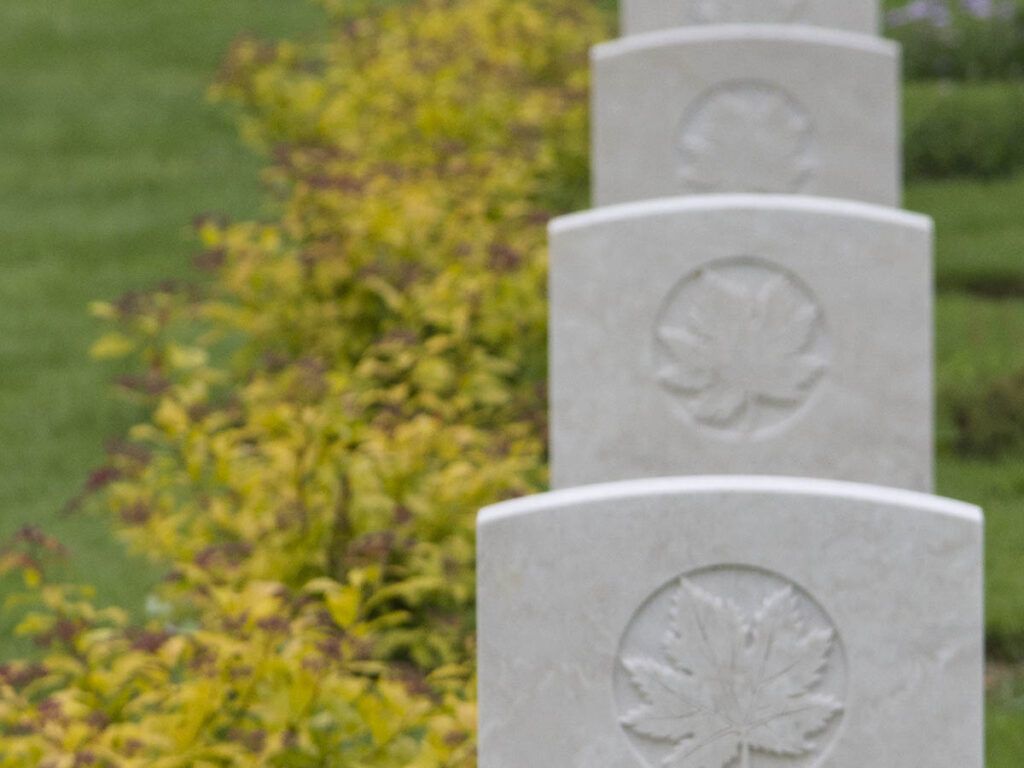
Tours
Guided tours offer valuable insights into the cemetery’s history and the Canadian contribution to the Normandy campaign.
Organized Options:
- Normandy Battlefield Tours includes the cemetery in their Canadian sector tours
- Canadian D-Day tours from Caen or Bayeux often stop here
- Private guides can be hired for personalized experiences
Recommended D-Day Tours from Paris:
- From Paris: Normandy D-Day Beaches Day Trip
- From Paris: 2-Day Normandy & Brittany Tour
- Normandy American D-Day Experience (From Bayeux Station)
Recommended D-Day Tours from Bayeux:
- From Bayeux: American D-Day Sites in Normandy Full-Day Tour
- From Bayeux: American D-Day Sites in Normandy Half-Day Tour
- From Bayeux: Half-Day Normandy WWII Sidecar Tour
- Full-Day US Battlefields of Normandy Tour from Bayeux
Recommended Private D-Day Tours:
- From Paris: Normandy D-Day Landing Beaches Full-Day Tour
- From Rouen: Normandy D-Day Beaches Private Full-Day Tour
- Private Tour: Rouen, Bayeux, and Falaise Day Trip from Bayeux
- Normandy WWII Private Half-day Sidecar Tour From Bayeux
Recommended Band of Brothers Tours:
Many tours combine the cemetery visit with other Canadian sites like Juno Beach, giving you a more complete understanding of Canada’s WWII role.
If you prefer self-guided exploration, informational panels throughout the cemetery provide context about the battles and the civilian population’s experiences during the war.
The Memorial just inside the entrance contains a registry of all burials, helping you locate specific graves if you’re searching for family members.
Beyond the Cemetery
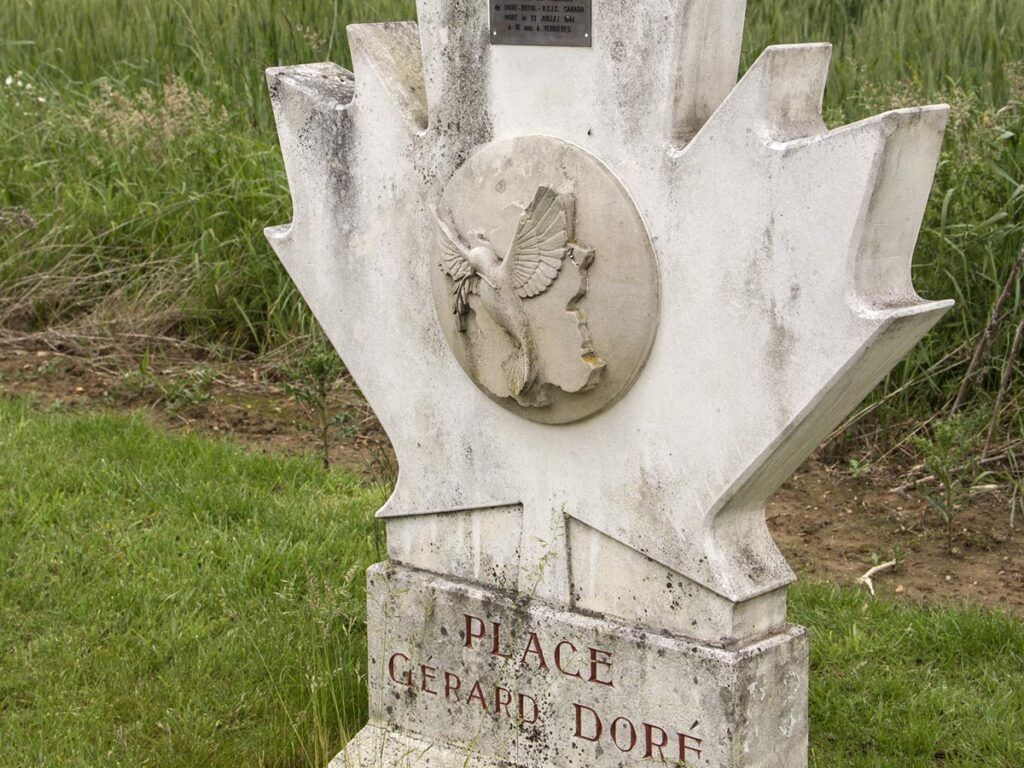
While visiting the Bretteville-Sur-Laize Canadian War Cemetery offers a profound experience, the surrounding Normandy region contains many other important World War II sites that help complete the story of Canadian and Allied contributions to the liberation of Europe.
Nearby Battlefields and Memorials
Just 20 kilometers north of Bretteville-Sur-Laize, you’ll find Bény-Sur-Mer Canadian War Cemetery. The cemetery contains graves of Canadian soldiers who fell during the initial D-Day landings. The small village of Cintheaux, adjacent to the cemetery, has several memorials commemorating the fierce fighting that occurred here during Operation Totalize.
Pegasus Bridge, about 30 minutes away, marks where British glider troops made a daring precision landing. This site offers an excellent museum, and the original bridge is displayed nearby.
For a complete understanding of the Normandy Campaign, visit the American Cemetery at Colleville-sur-Mer and the German Cemetery at La Cambe. These sites provide different perspectives on the human cost of war.
Exploring Normandy’s War History
Normandy’s war history extends beyond the cemeteries. You can follow the path of Canadian forces from Juno Beach through the countryside they fought to liberate. The Juno Beach Centre in Courseulles-sur-Mer offers excellent exhibits about Canada’s wartime contributions.
For those interested in the broader Allied campaign, visit the Memorial de Caen, a museum that provides comprehensive context about World War II and the Battle of Normandy.
The stories of the French Resistance are told at various small museums throughout the region. These exhibits highlight how local civilians risked everything to undermine German occupation.
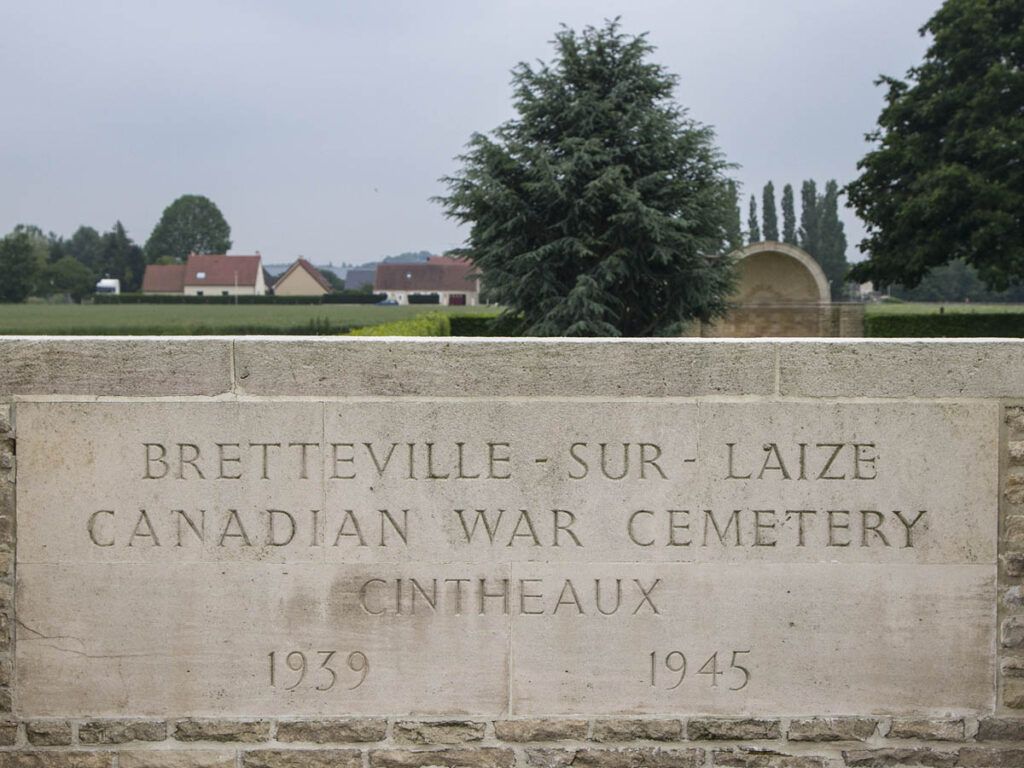
If you have more time, consider day trips to Dieppe, site of the tragic 1942 Canadian raid, or Vimy Ridge in northern France, where Canada’s defining WWI battle was fought.
Why It’s Worth Visiting
Bretteville-sur-Laize Canadian War Cemetery offers a profound and moving experience for visitors. Located near Caen, this cemetery is the final resting place for 2,872 Canadian soldiers who gave their lives during the Battle for Normandy.
The cemetery serves as a powerful reminder of the sacrifices made during World War II. These brave Canadians fell during the battles for Caen and the closing of the Falaise Gap in July and August 1944.
When you visit, you’ll find beautifully maintained grounds that provide a peaceful setting for reflection. The well-tended gardens and careful landscaping create a dignified atmosphere that honors those who rest here.
The site offers guided tours that cover different aspects of the cemetery and the stories of those commemorated within its grounds. These tours can deepen your understanding of the historical significance of this place.
You’ll discover remarkable architecture, stone monuments, and meticulous craftsmanship throughout the cemetery. Each headstone tells a part of a larger story about courage and sacrifice.
The cemetery is a concentration of battlefield burials, with almost every unit of the 2nd Corps represented. This makes it particularly meaningful for Canadians or those with Canadian heritage.

